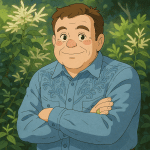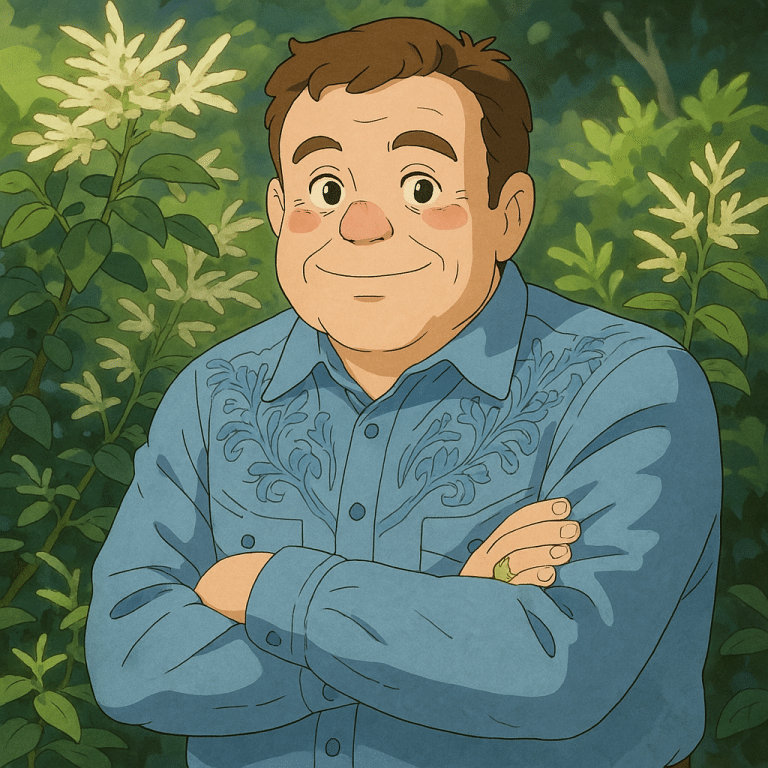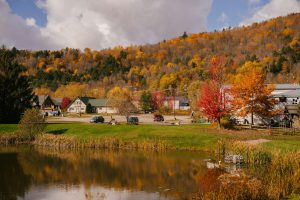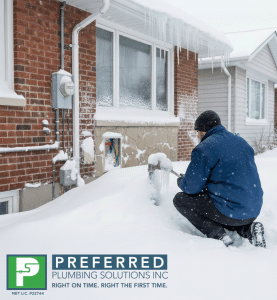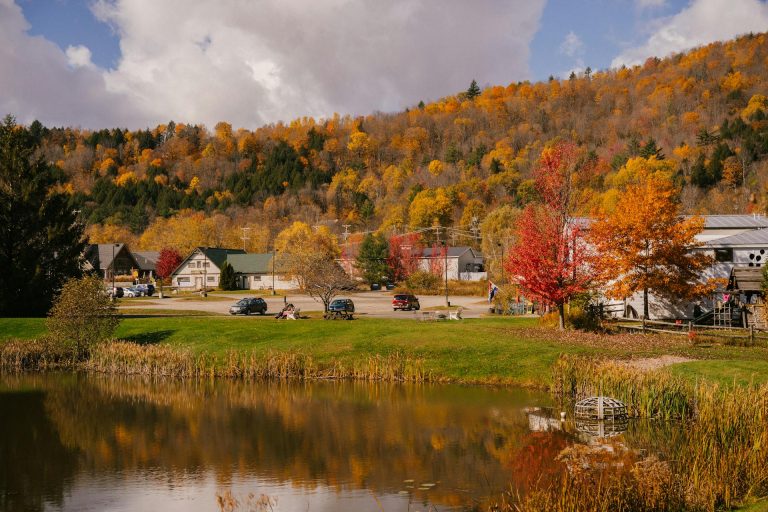Gardening sounds fun, until someone says “deadheading” or “hardening off,” and you’re left wondering what that even means.
I get it. You’re just trying to grow a few plants, but it feels like everyone’s speaking a language you don’t know.
That’s why I made this guide. I’ll walk you through the most important garden terms in clear, simple language.
You don’t need a green thumb, just easy explanations you can use right away.
These terms will help you know what to do, when to do it, and how to care for your plants.
Once you learn them, things like reading plant tags or planning your garden will make a lot more sense.
If garden lingo has you lost, you’re in the right place. Let’s keep it real and break it down.
Why Know Your Garden Terms?
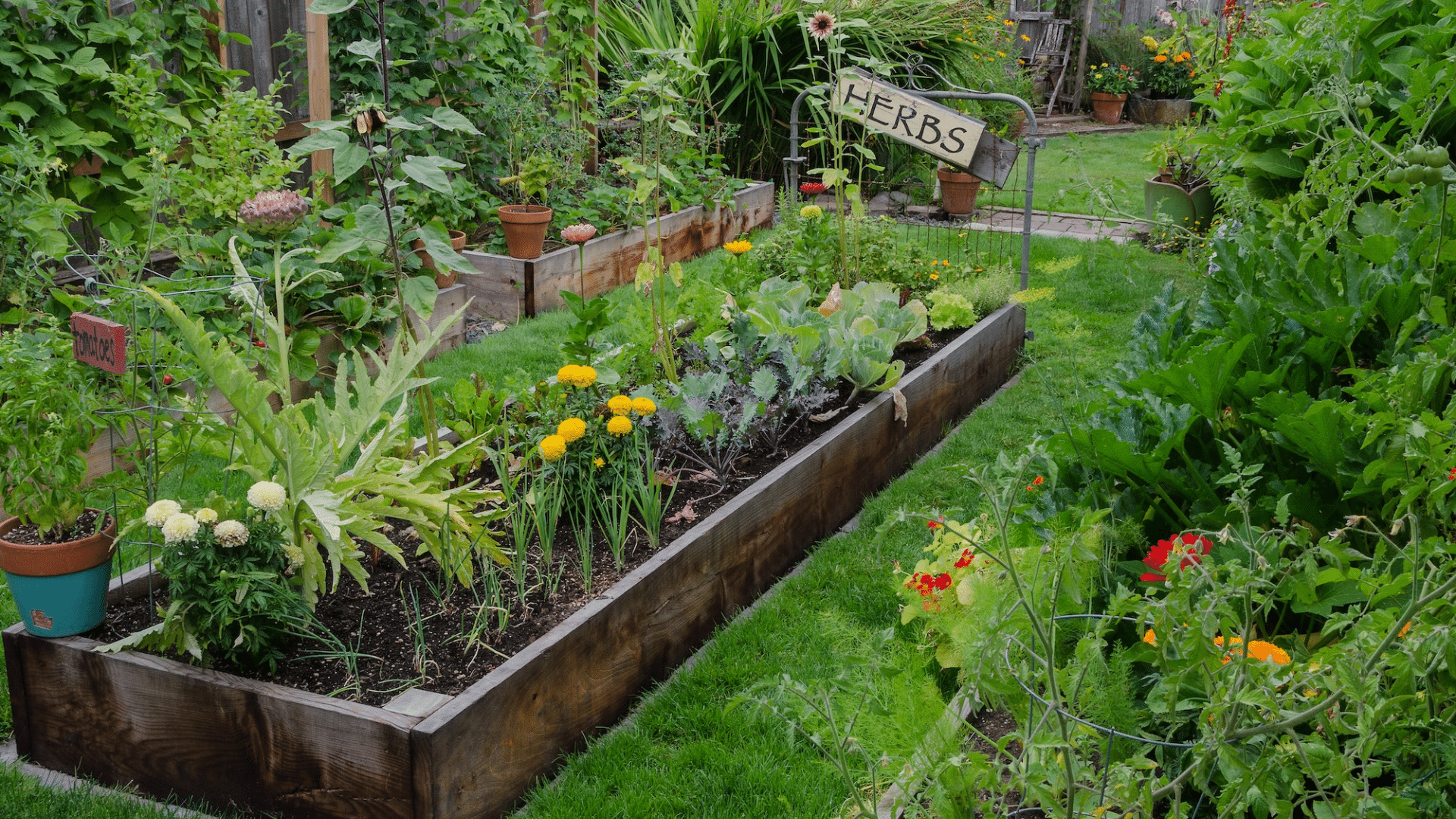
Knowing garden terms helps you feel more confident when taking care of plants.
If you’ve ever read a plant tag or watched a gardening video and felt confused, you’re not alone. Words like “mulch,” “germination,” or “pruning” can sound tricky at first.
However, once you understand them, everything falls into place. You’ll know what your plants need, when to water them, and how to keep them healthy.
It also helps when asking for advice or shopping for supplies. You won’t have to guess or feel unsure.
You’ll speak the same language as other gardeners. It’s kind of like learning the words for a recipe before you start cooking-it saves time and keeps things simple.
With the right terms in your pocket, gardening becomes easier, less stressful, and a lot more fun. You’ll feel ready to plant, grow, and enjoy your space.
Basic Garden Terms
These are some of the first words you’ll come across when starting to garden. Learning what they mean helps you get your plants off to a healthy start.
1. Soil
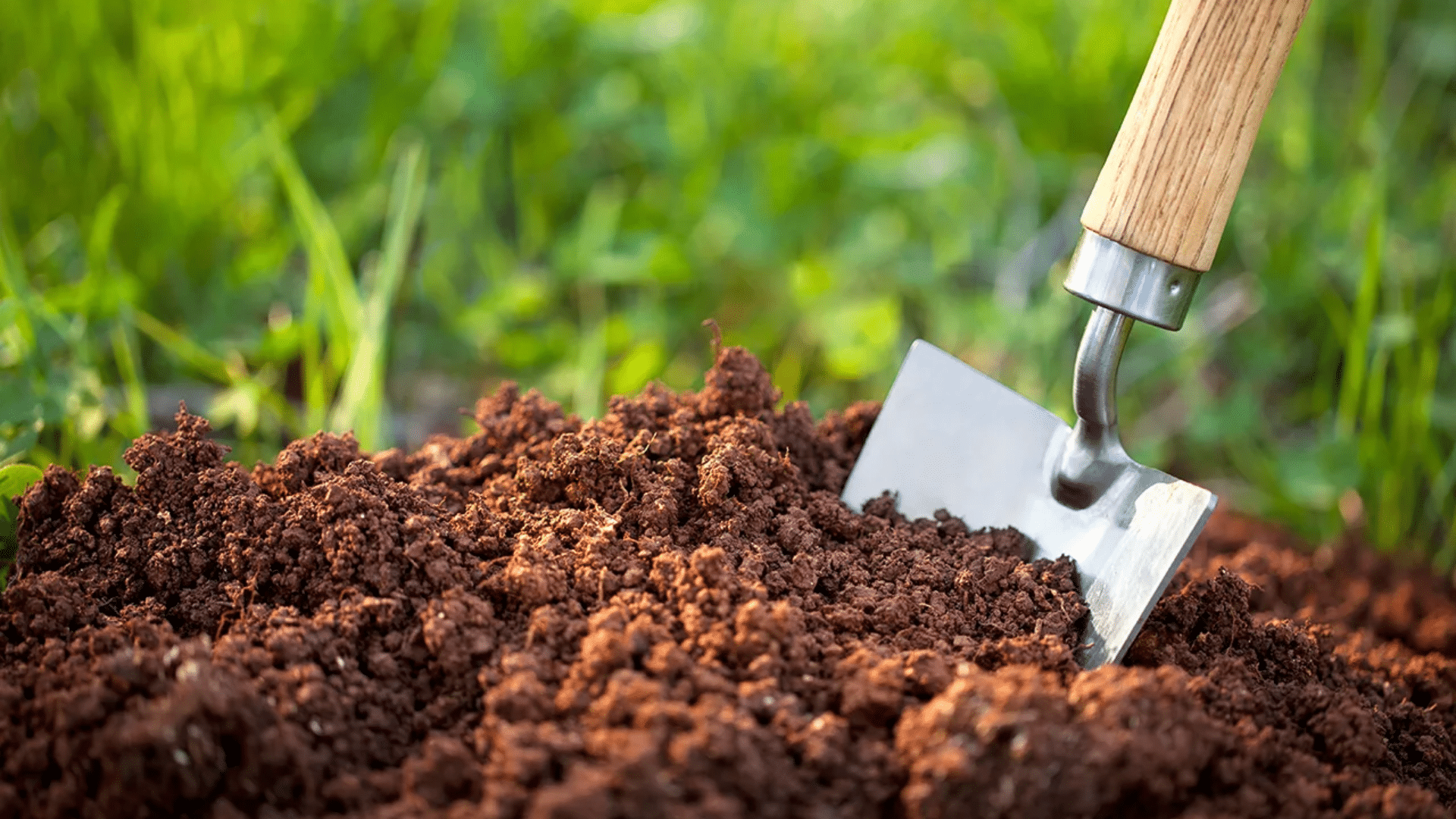
Soil is the base where plants grow. It holds water, air, and nutrients. Good soil lets roots spread and take in what they need.
There are different types-clay, sandy, and loamy. Loamy soil is best for most plants because it drains well but still holds moisture.
Healthy soil makes gardening much easier and more successful.
2. Compost
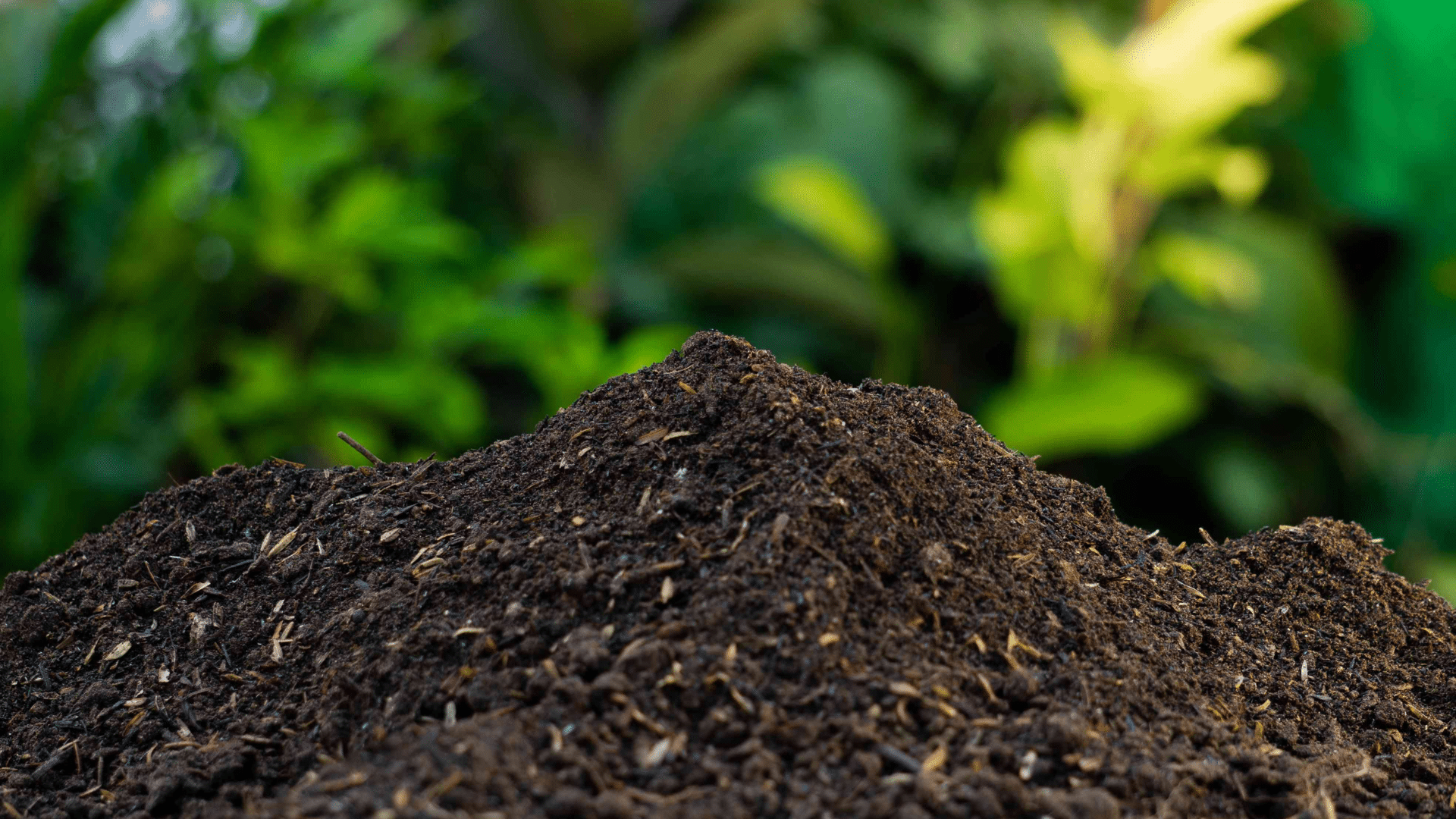
Compost is made from broken-down food scraps, leaves, and garden waste. It’s rich in nutrients and great for feeding your plants.
You can buy it or make your own at home. Compost improves soil quality, helps it hold water, and supports healthy root growth.
It’s one of the easiest ways to give your garden a natural boost without using harsh chemicals.
3. Mulch
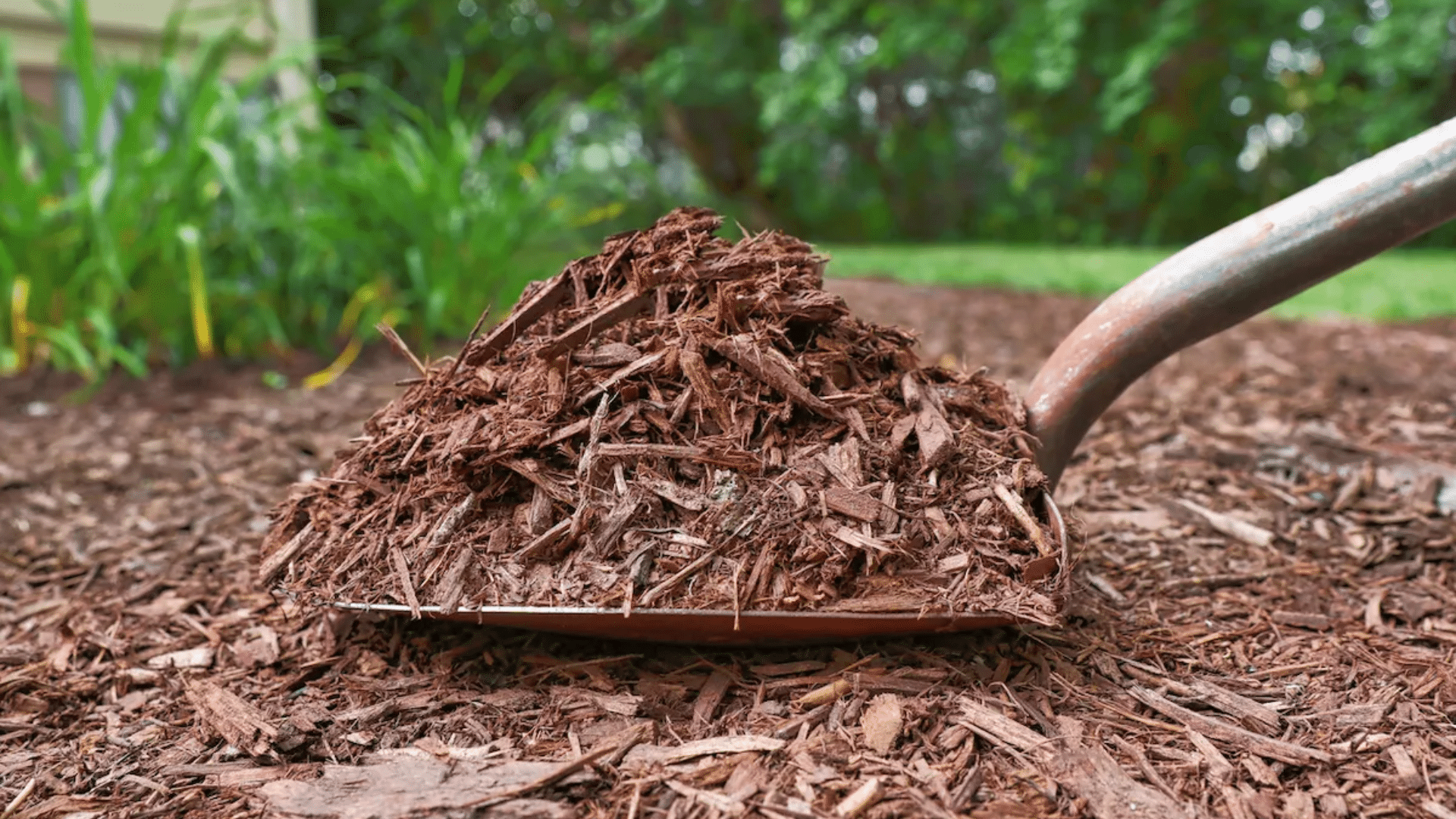
Mulch is a layer of material you spread on top of the soil. It helps keep the soil moist, blocks weeds, and protects plant roots from heat and cold.
You can use wood chips, leaves, straw, or even grass clippings. Mulch also makes your garden look neat.
It’s a simple way to care for your plants and reduce the need for watering.
4. Fertilizer
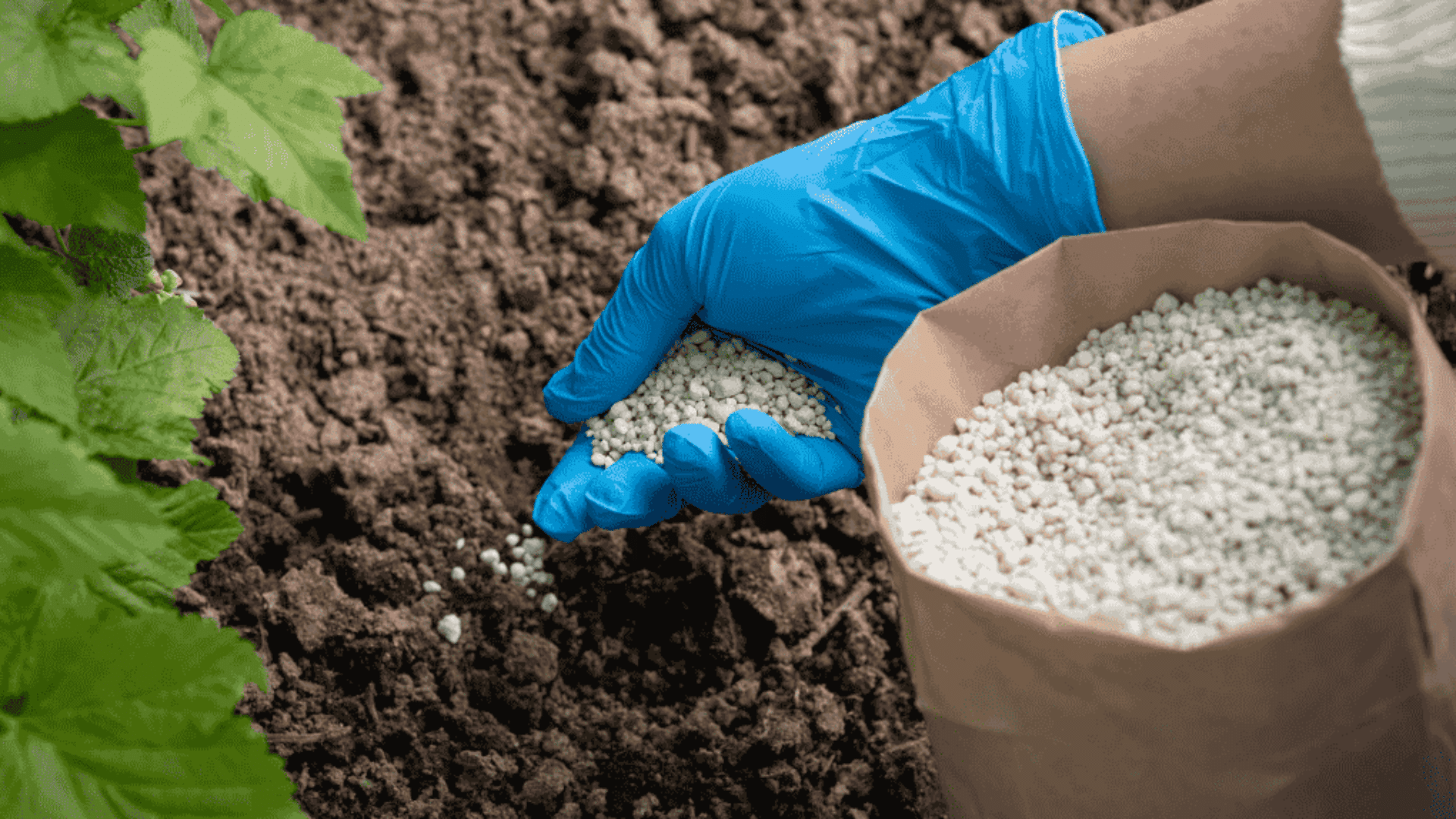
Fertilizer gives your plants extra nutrients to help them grow. It can be natural, like compost or manure, or store-bought in liquid or pellet form.
Fertilizer supports strong roots, bright flowers, and healthy leaves. But using too much can harm plants, so always follow the directions.
The right fertilizer makes a big difference, especially in poor or tired soil.
5. Organic
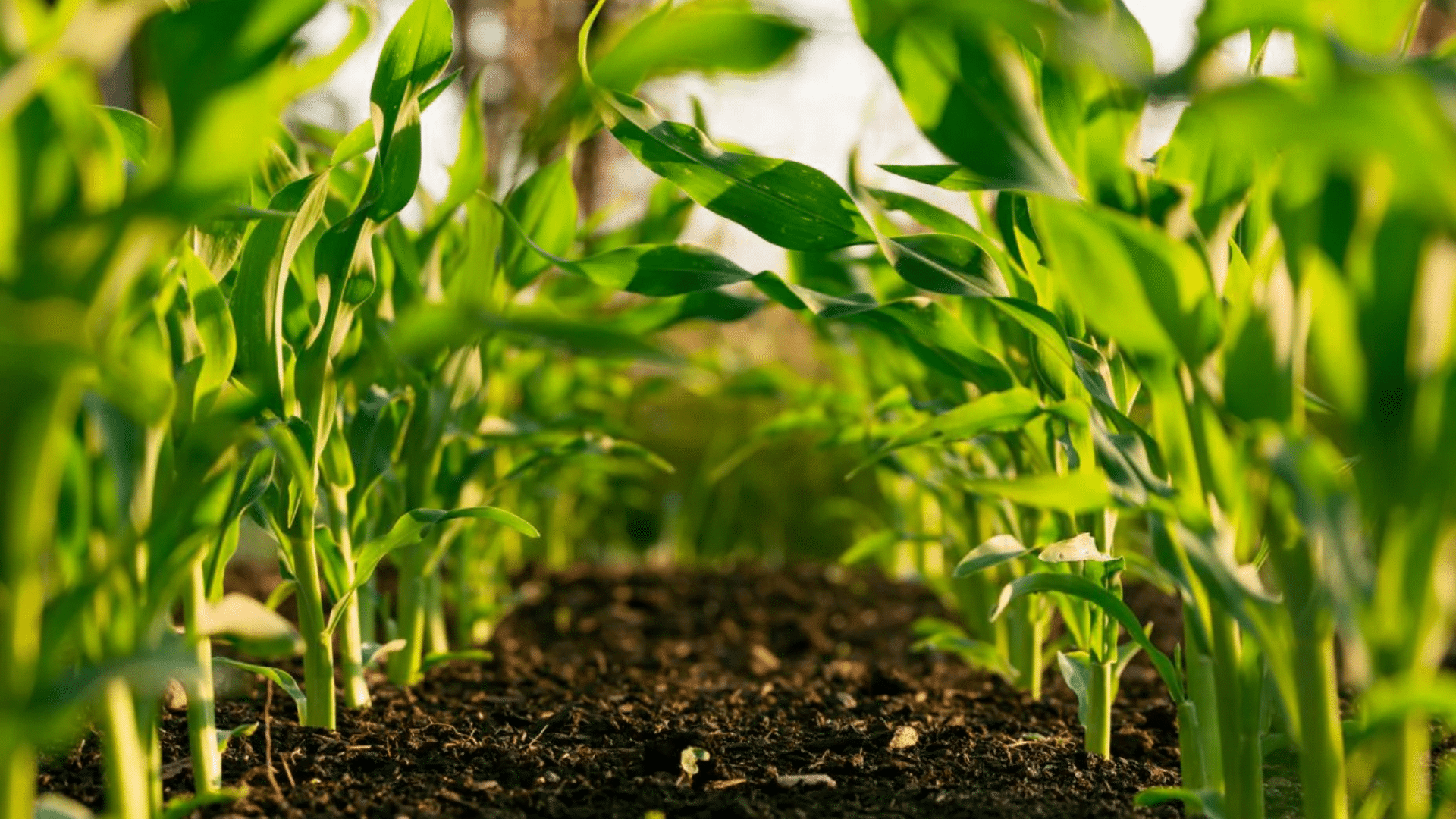
Organic gardening means using natural methods without man-made chemicals.
Organic soil, compost, and fertilizers are free from synthetic additives. This helps protect the environment, your plants, and the food you grow.
Organic gardening also supports bees, worms, and good bugs.
It’s a simple, safer way to grow plants, especially if you’re growing food for your family.
Plant Growth Terms
These words explain how plants grow and what to expect at each stage. Knowing them helps you care for your garden the right way.
1. Germination
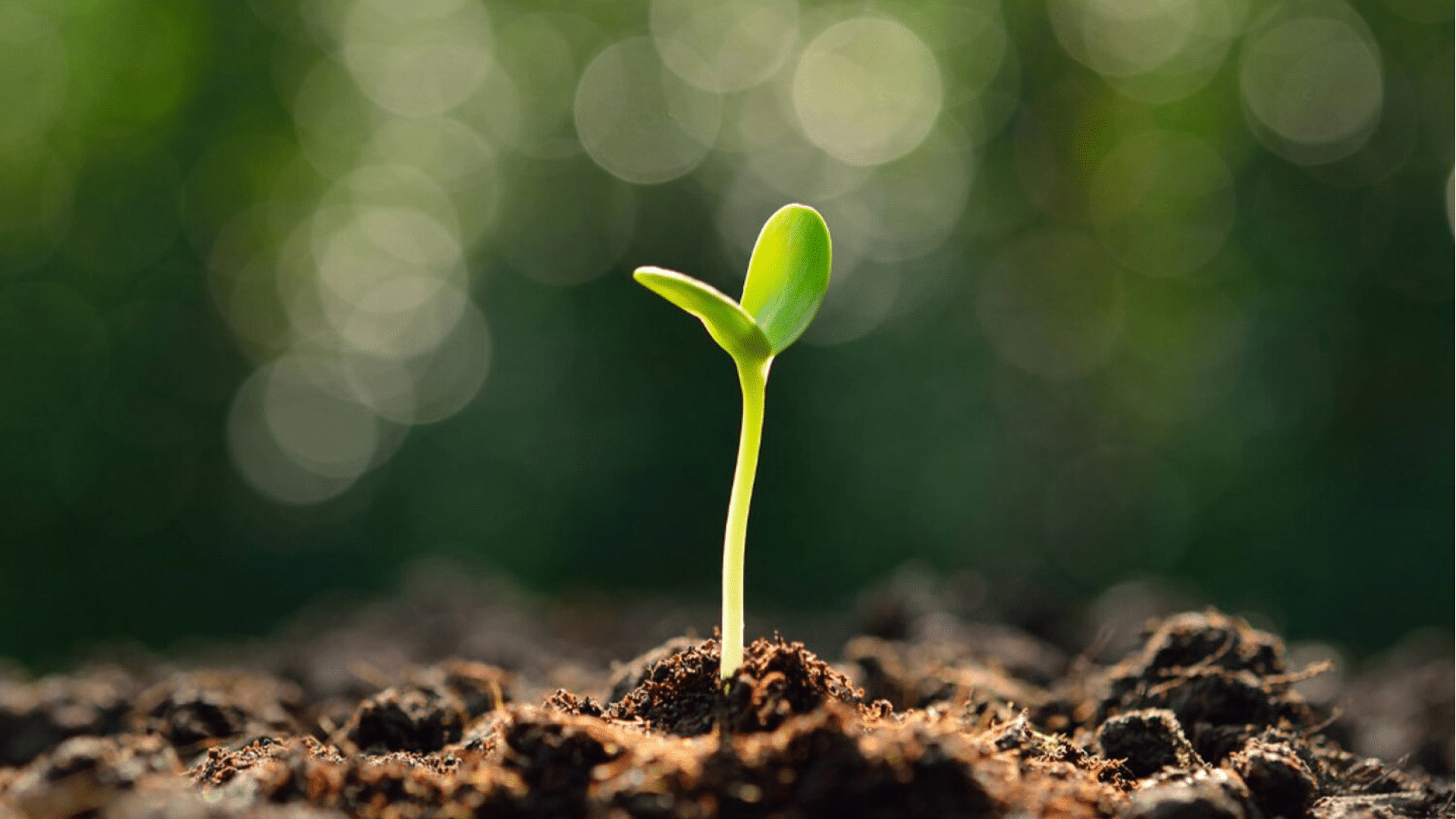
Germination is when a seed starts to grow. It needs water, warmth, and sometimes light.
You’ll first see a small sprout coming from the seed. This step is important because it shows your seed is alive and growing.
Keeping the soil moist but not soggy helps germination happen faster and stronger.
2. Seedling
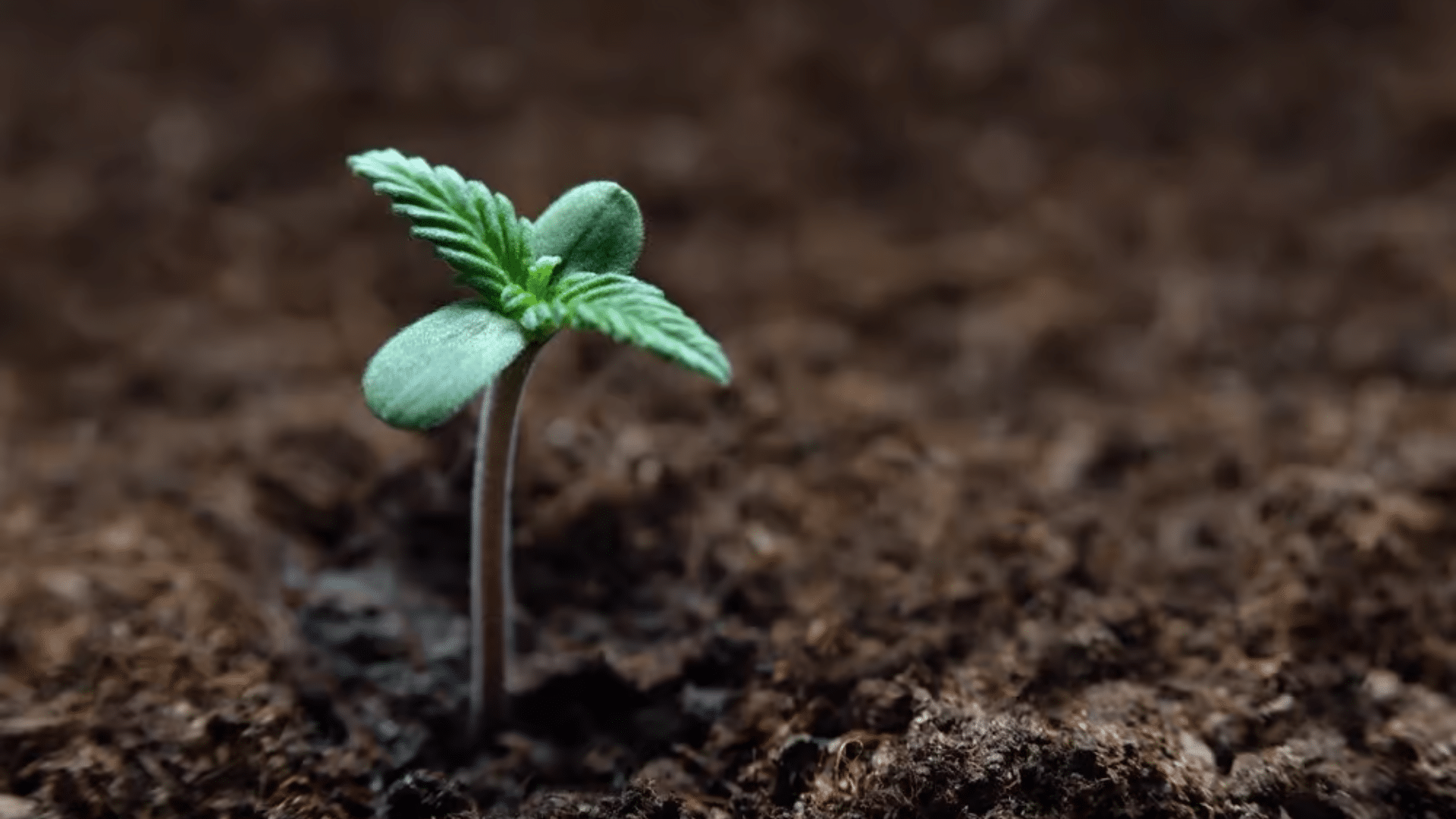
A seedling is the tiny plant that grows right after germination. It has a small stem and a few leaves.
This stage is sensitive-seedlings need light, gentle watering, and time to grow stronger.
Watching your seedlings helps you know when they’re ready to move or grow in bigger spaces.
3. Transplant
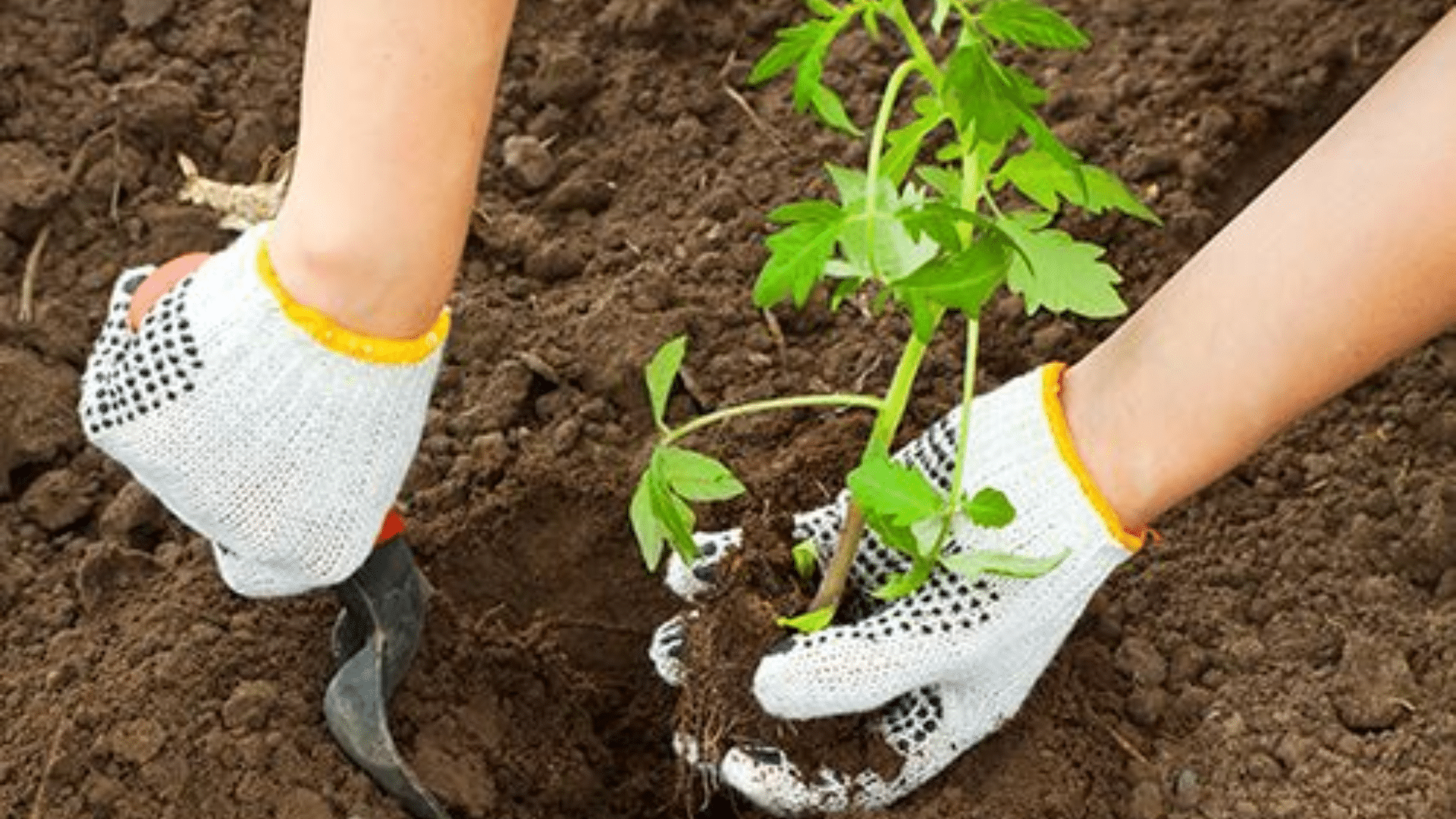
Transplanting means moving a plant from one place to another, like from a pot to the garden. It’s done when seedlings outgrow their space.
This helps plants spread their roots and grow bigger.
Be careful not to hurt the roots when transplanting, and water them well after the move.
4. Propagation
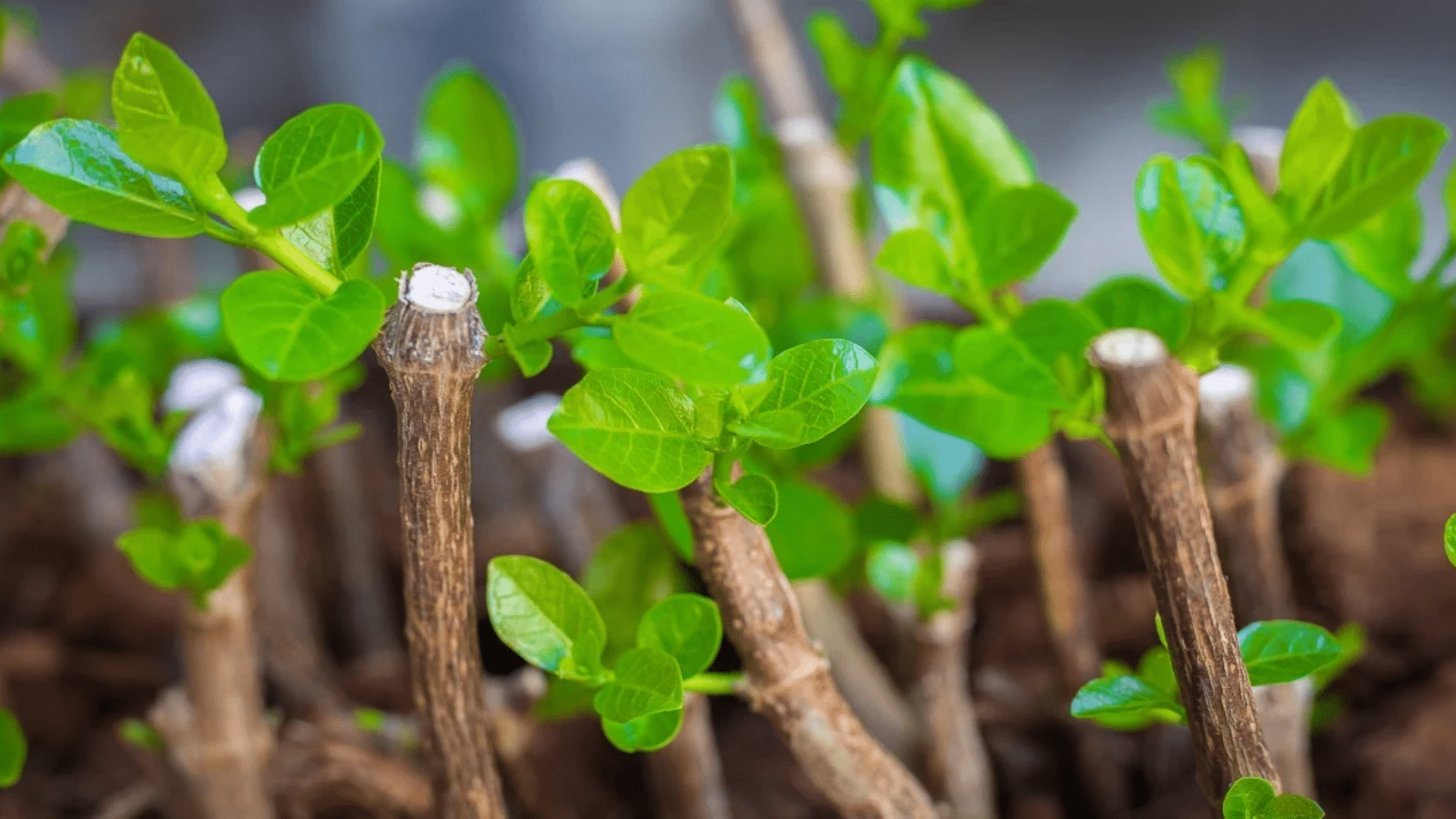
Propagation is how you grow new plants from seeds, cuttings, or divisions.
You can cut part of a plant and replant it to grow another. This is a smart way to grow more plants without buying new ones.
It also helps keep favorite plants going year after year.
5. Deadheading

Deadheading means cutting off old flowers. This helps the plant make more blooms instead of using energy on dead ones.
It also keeps the plant looking neat. Many flowers grow better and last longer when you deadhead them often.
Just pinch or snip off the faded blooms with your fingers or scissors.
Garden Layout Terms
Planning your garden is just as important as planting. These words help you arrange your space so everything grows well and looks neat.
1. Raised Bed

A raised bed is a garden built above the ground using a frame filled with soil.
It keeps soil loose, drains well, and makes planting easier. It’s perfect for small yards or poor soil areas.
Raised beds also warm up faster in spring, helping plants grow sooner.
2. Border
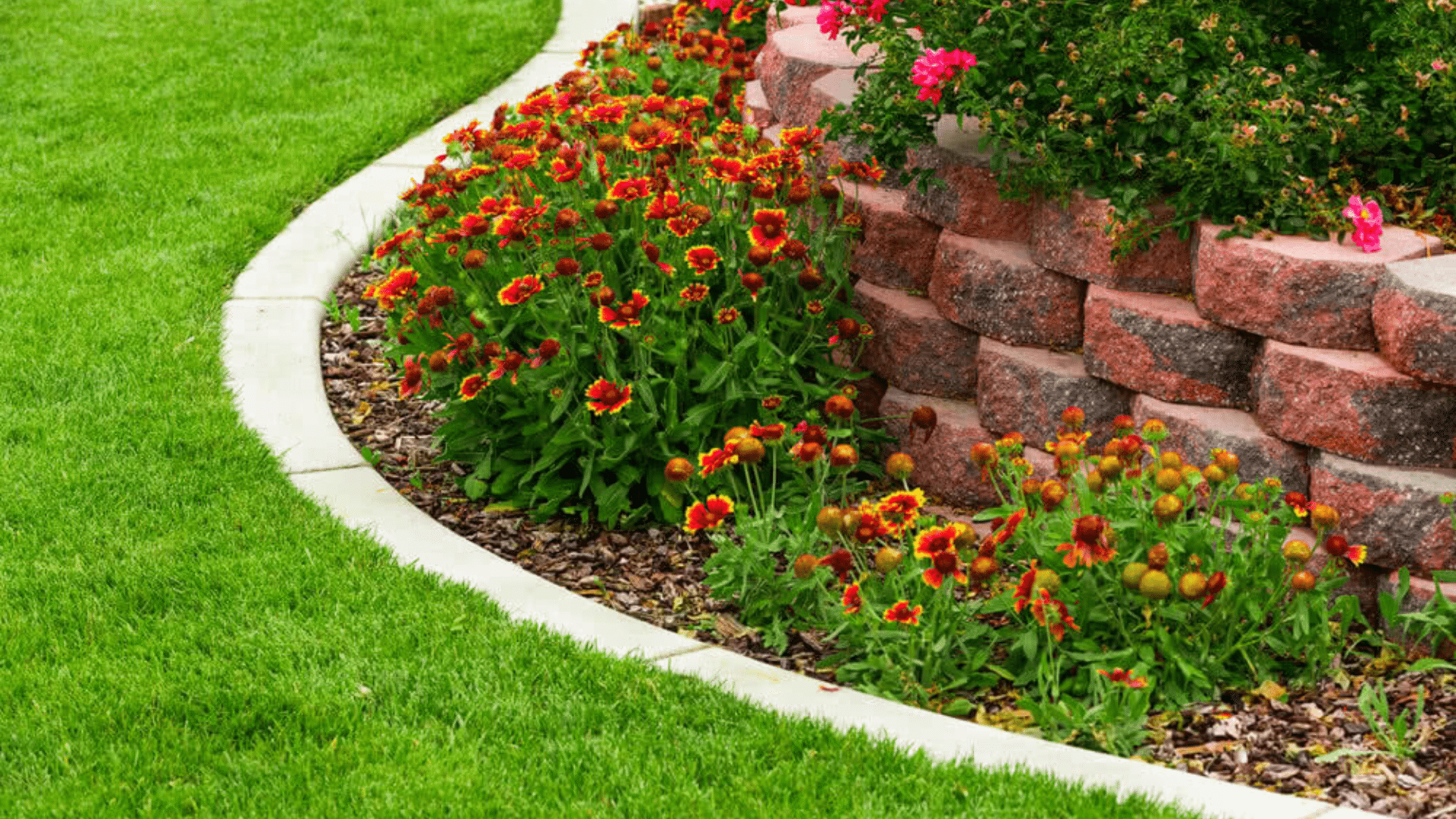
A border is a row of plants placed along the edge of a garden, walkway, or fence.
It adds shape and helps organize your space. Borders can be filled with flowers, herbs, or shrubs.
They make gardens look neat and give a finished look to any outdoor area.
3. Container Gardening
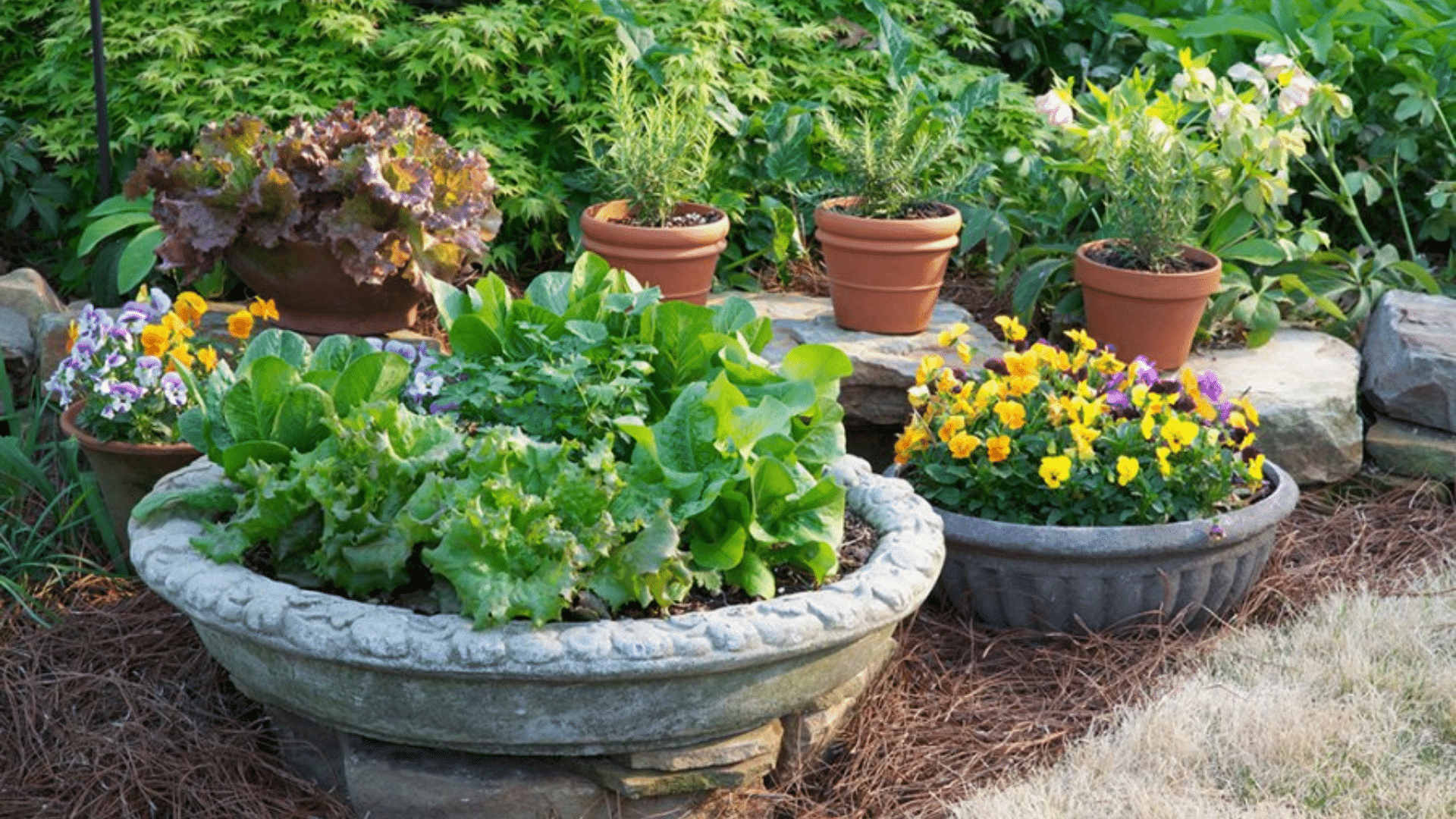
Container gardening means growing plants in pots or planters instead of the ground.
It’s great for small spaces like patios or balconies. Containers let you move plants for better sun or to protect them from bad weather.
It’s also easier to control soil and water in containers.
4. Row Planting
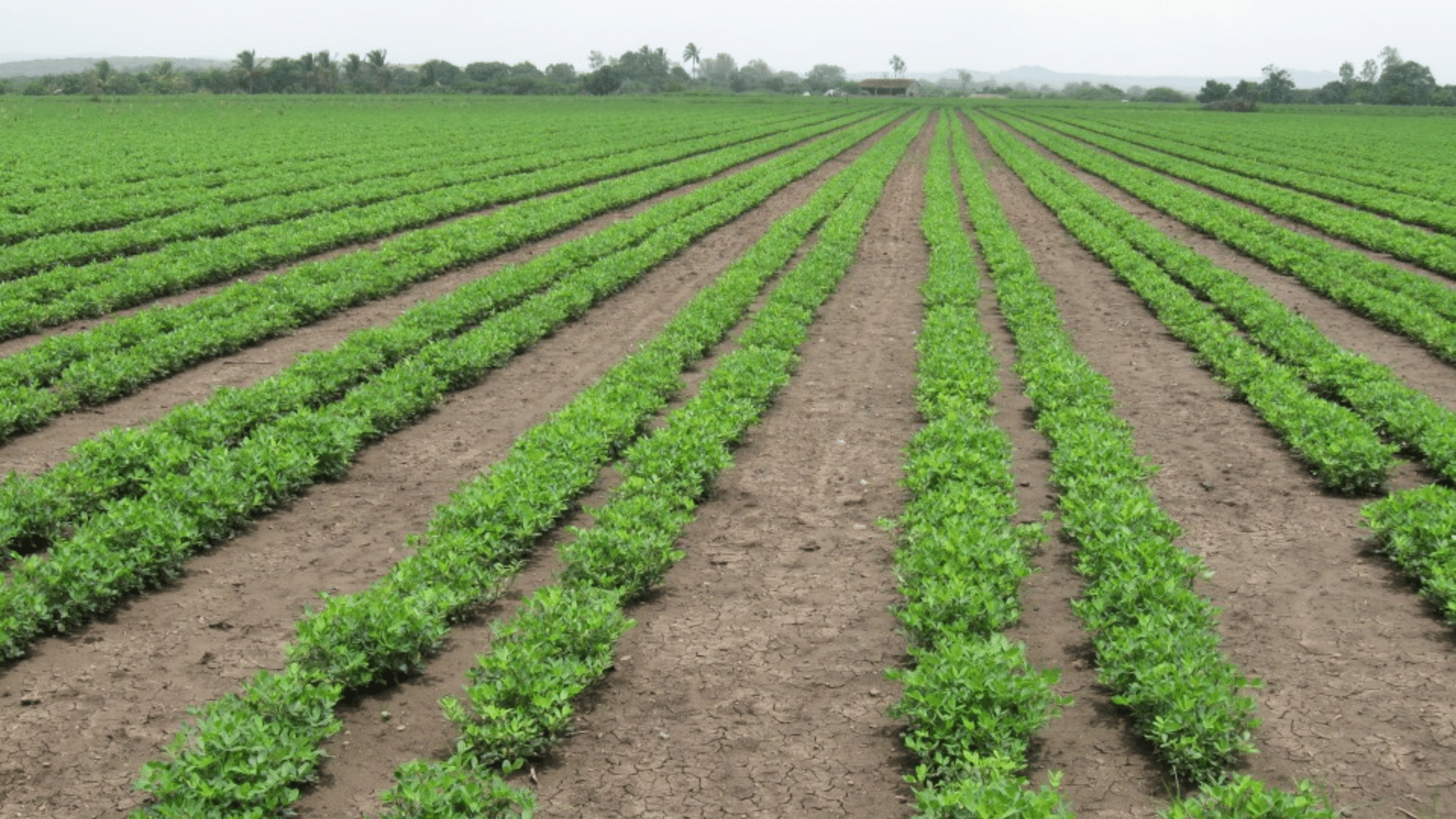
Row planting is placing seeds or plants in straight lines. This makes weeding, watering, and harvesting simple.
It’s common in vegetable gardens because rows give each plant space to grow.
Even spacing and clear paths between rows keep your garden neat and easy to manage.
5. Spacing
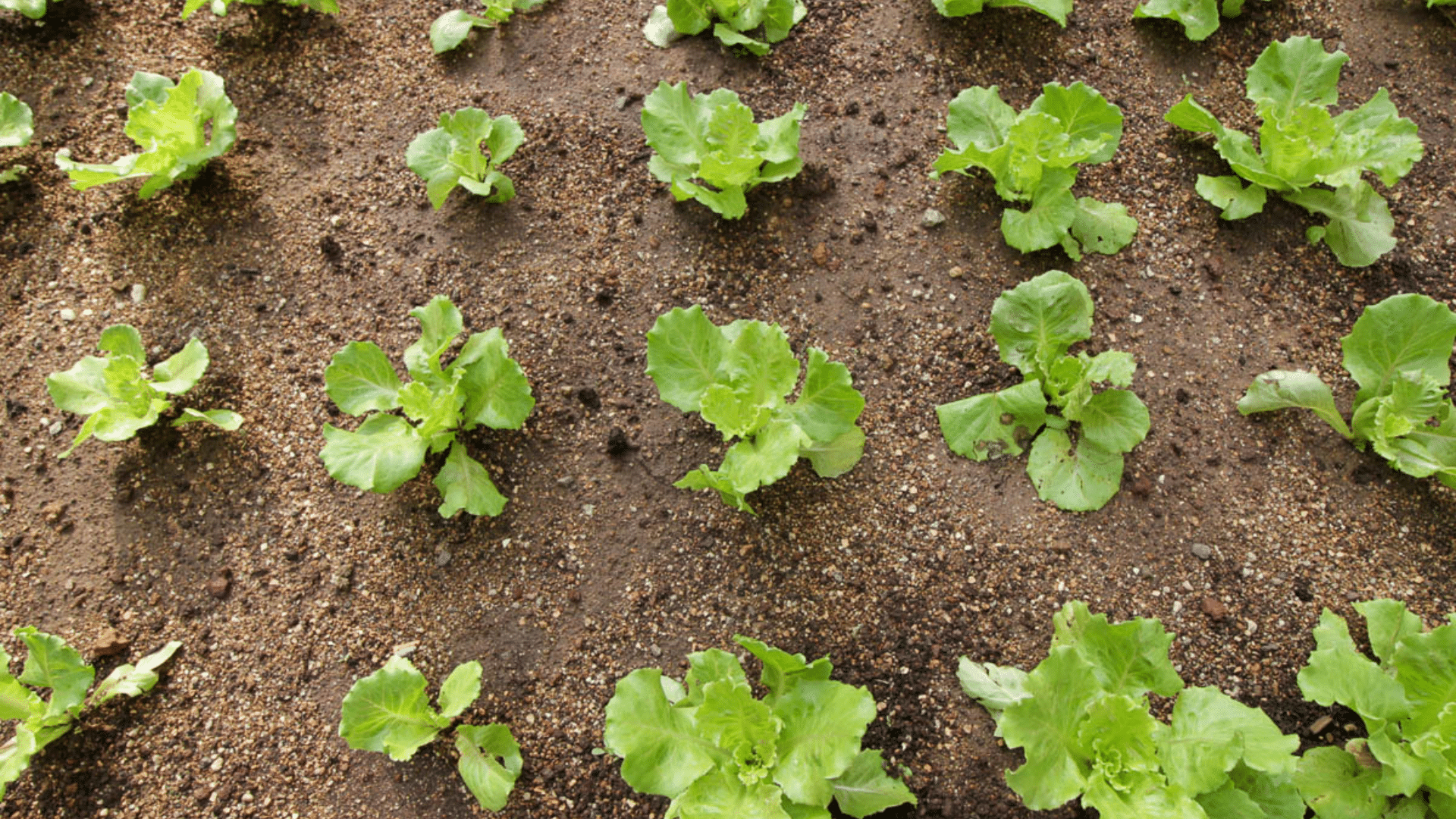
Spacing means giving plants enough room to grow. If plants are too close, they fight for sunlight, water, and nutrients.
Each plant has its own space needs-check seed packets or labels.
Good spacing keeps plants healthy, helps air flow, and prevents disease from spreading.
Water and Light Terms
Every plant needs the right amount of sun and water. These garden terms help you understand what works best for each one.
1. Full Sun
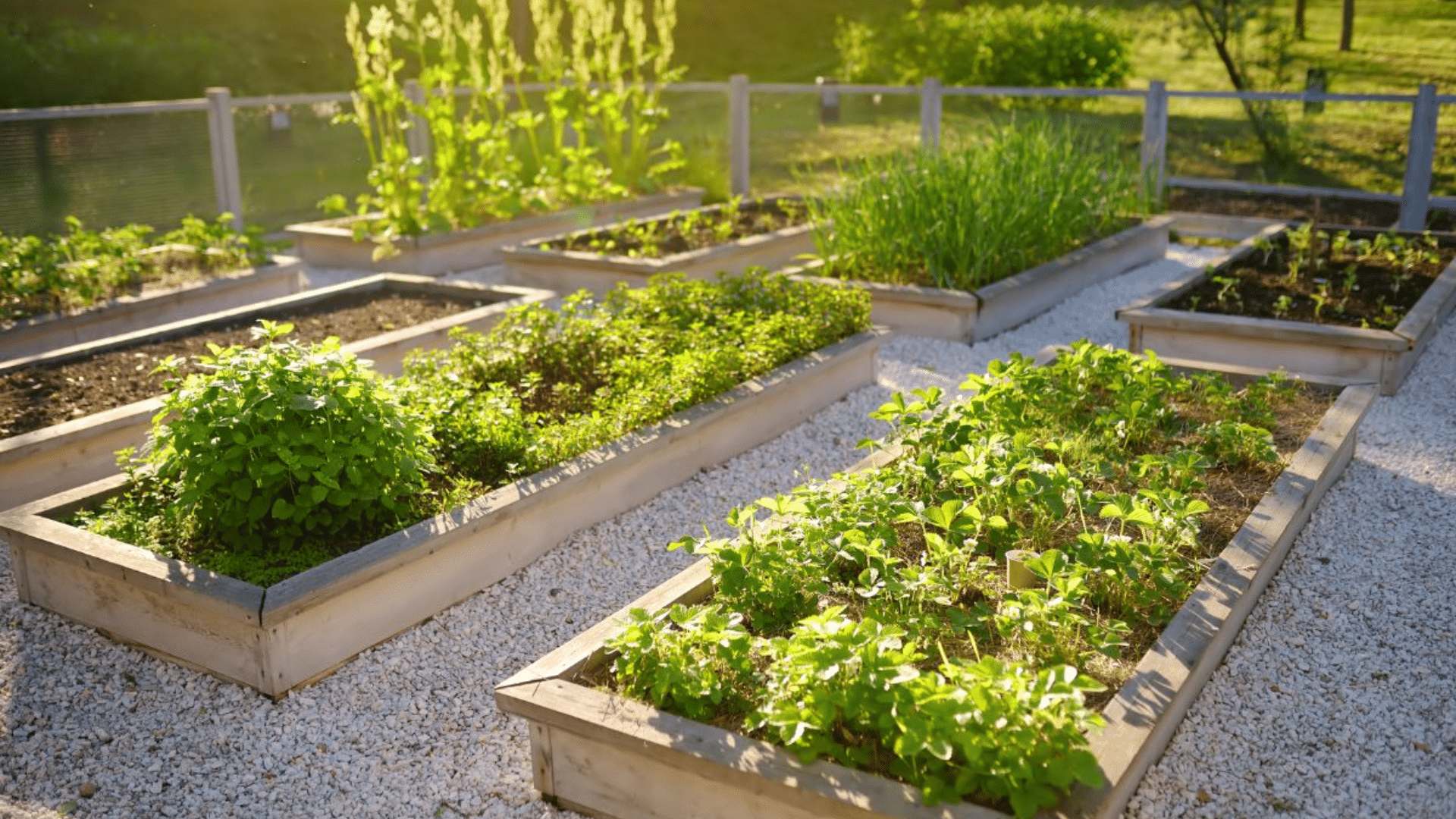
Full sun means a plant needs at least six hours of direct sunlight every day. These plants grow best in bright spots, like open gardens or sunny patios.
Without enough sun, they might grow slowly or not bloom well. Always check if your plant is a full-sun type before planting.
2. Partial Shade
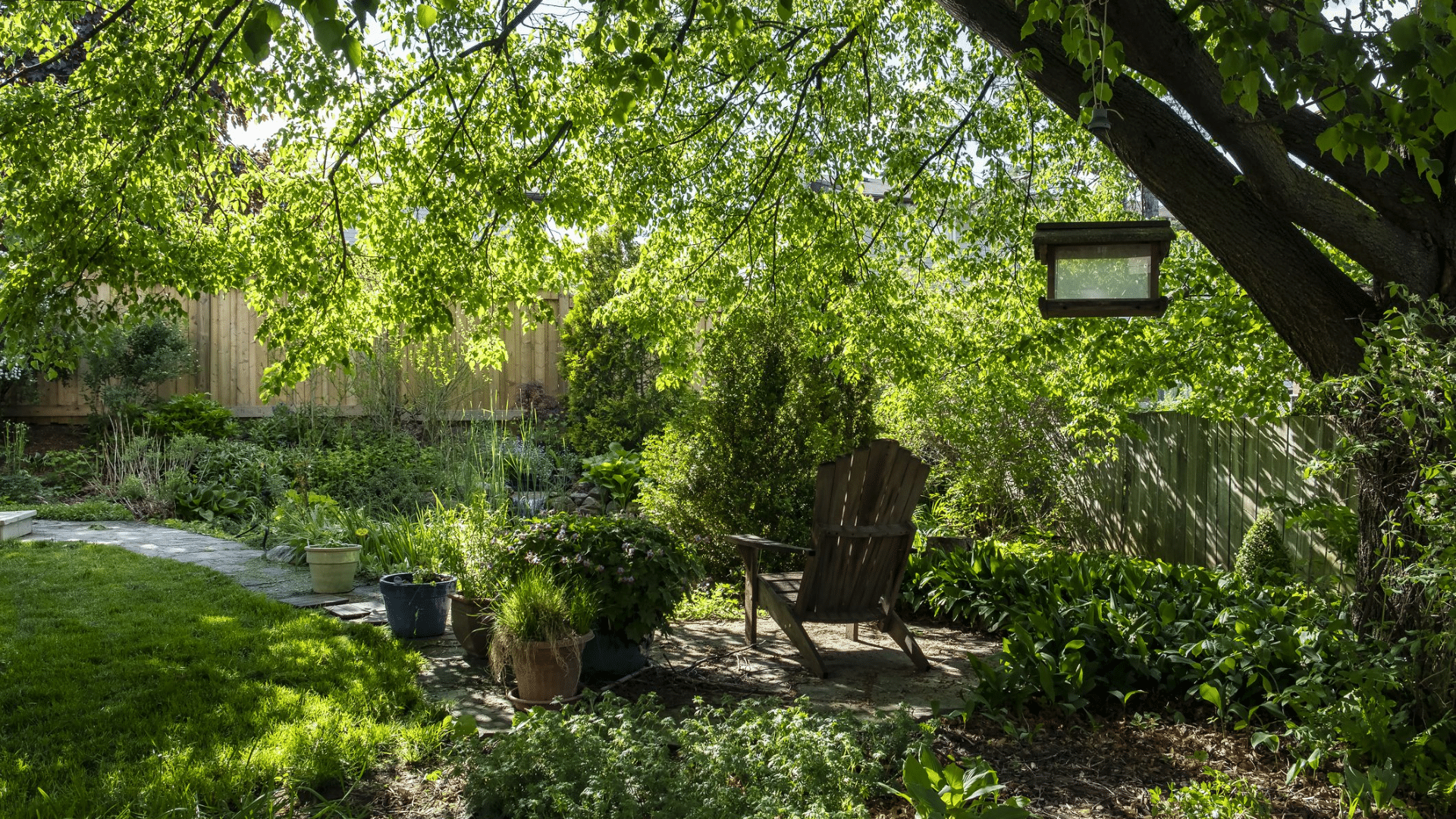
Partial shade means a plant needs only 3–6 hours of sunlight a day.
These plants like cooler spots and some protection from hot afternoon sun.
They’re perfect under trees or beside fences. Giving them too much sun can burn their leaves or slow their growth.
3. Drought-Tolerant
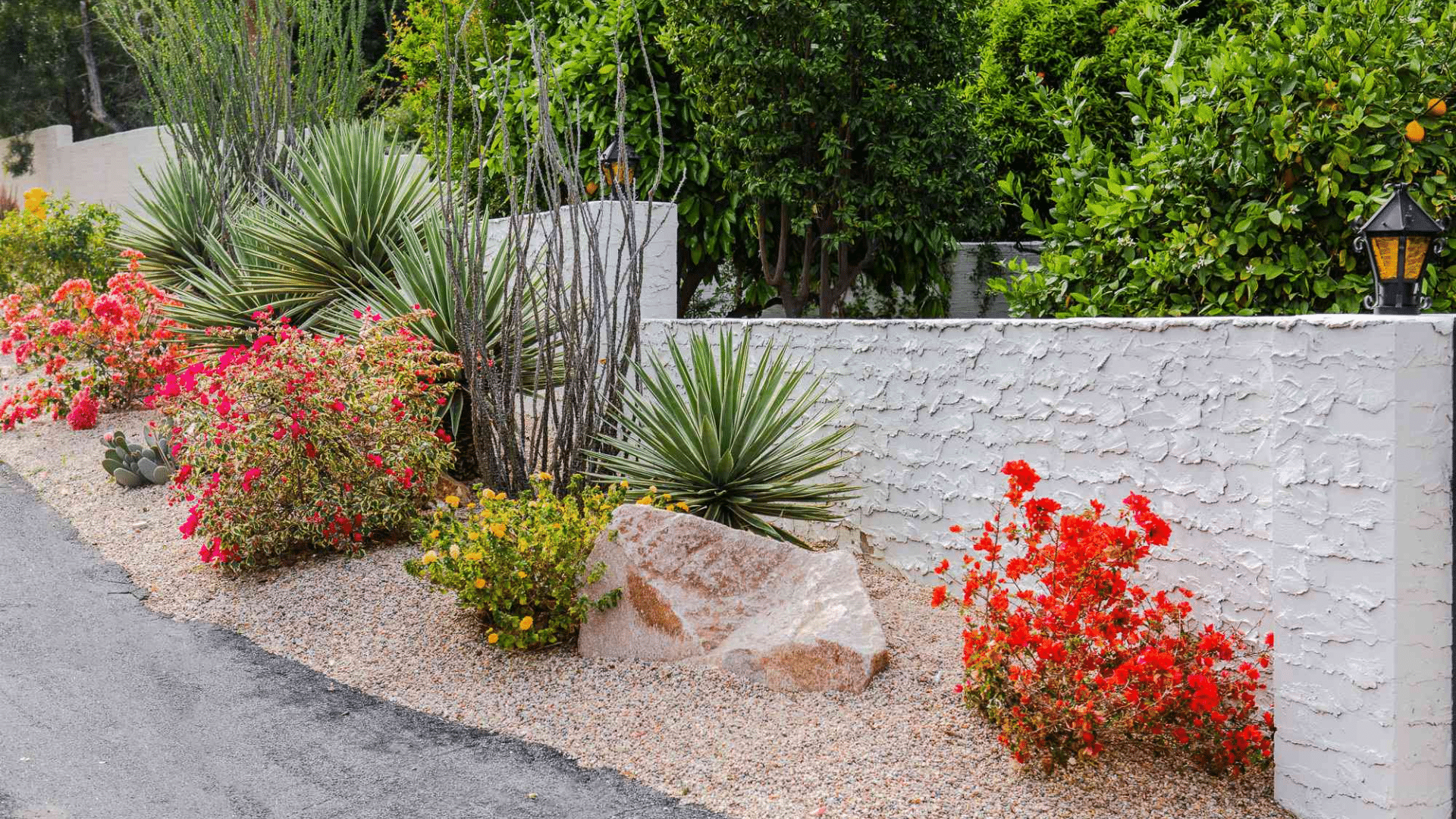
Drought-tolerant plants can survive with little water. They’re great for dry areas or if you forget to water often.
These plants usually have deep roots or waxy leaves that store moisture. Using them in your garden can save water and reduce care.
4. Overwatering
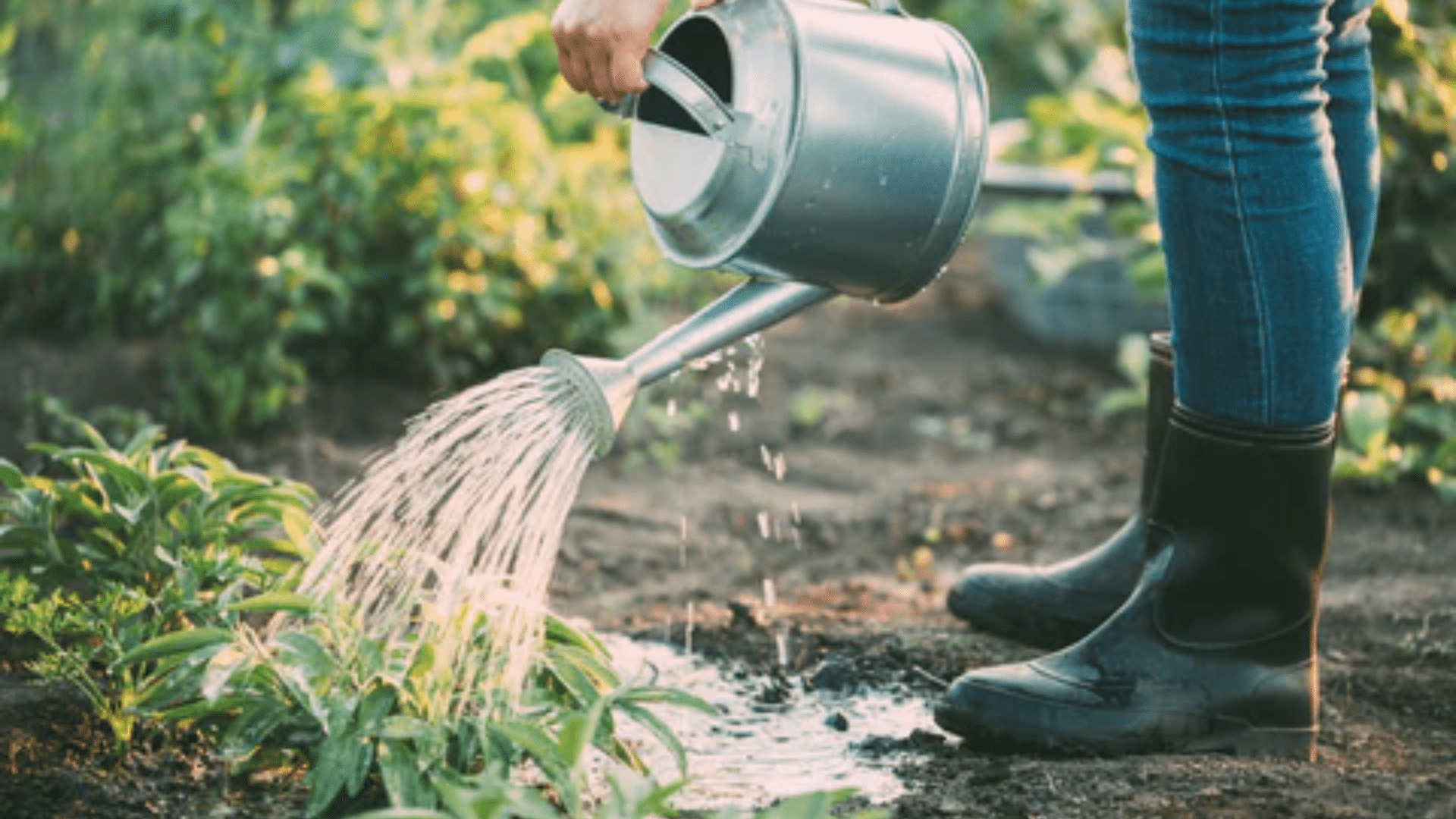
Overwatering means giving plants too much water. It can drown the roots and lead to rot or disease.
Most plants need moist, not soggy, soil. Always check the soil before watering.
If it feels wet, wait. Too much water can hurt more than too little.
5. Well-Drained Soil
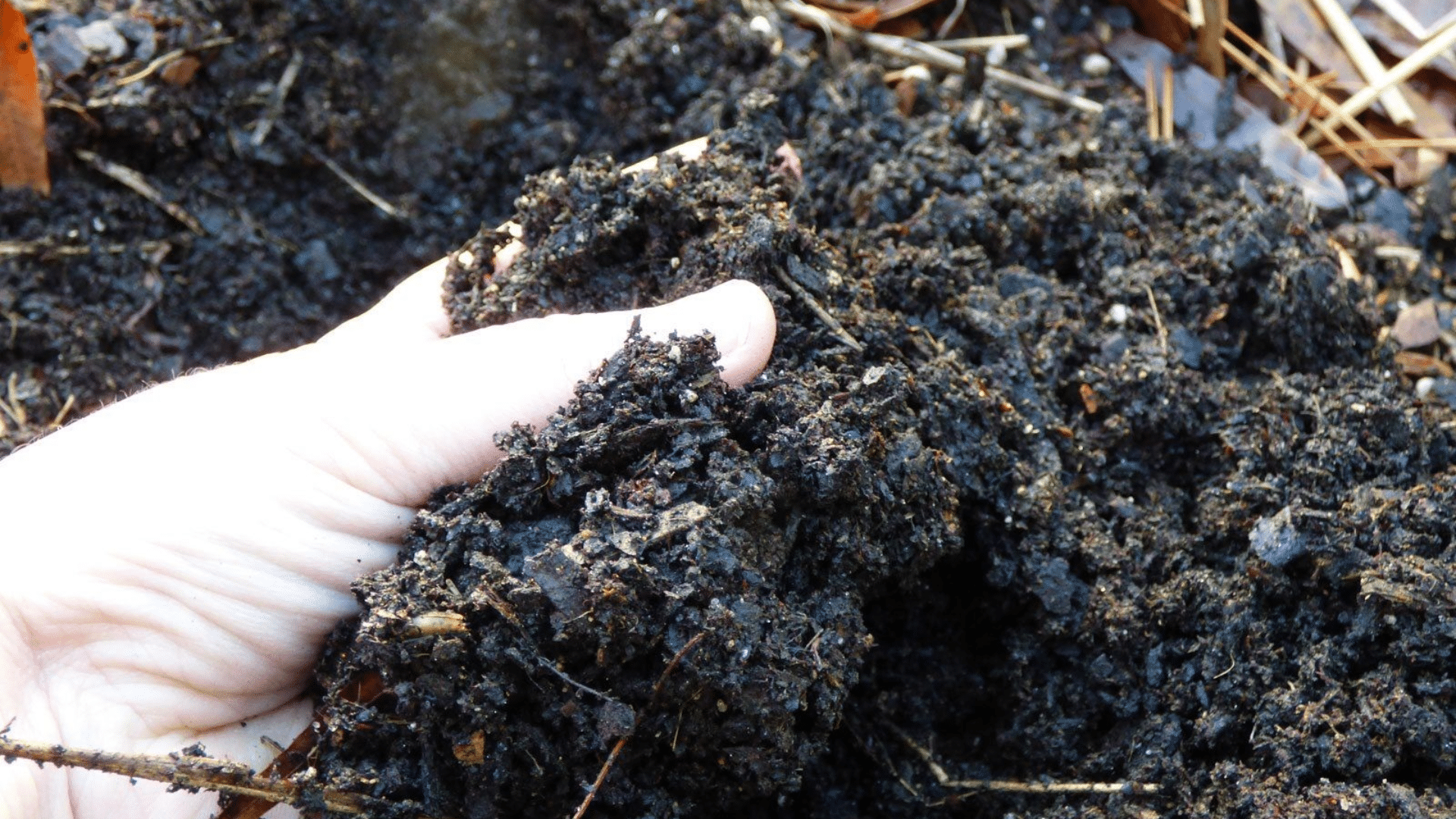
Well-drained soil lets water soak in but not sit too long.
It helps roots breathe and stops rot. Sandy or loamy soil usually drains well.
If your garden holds water, you can mix in compost or sand to help water flow better and keep plants healthy.
Pest and Disease Terms
Bugs and sicknesses can hurt your plants. These words help you know what to watch for and how to keep your garden safe.
1. Companion Planting
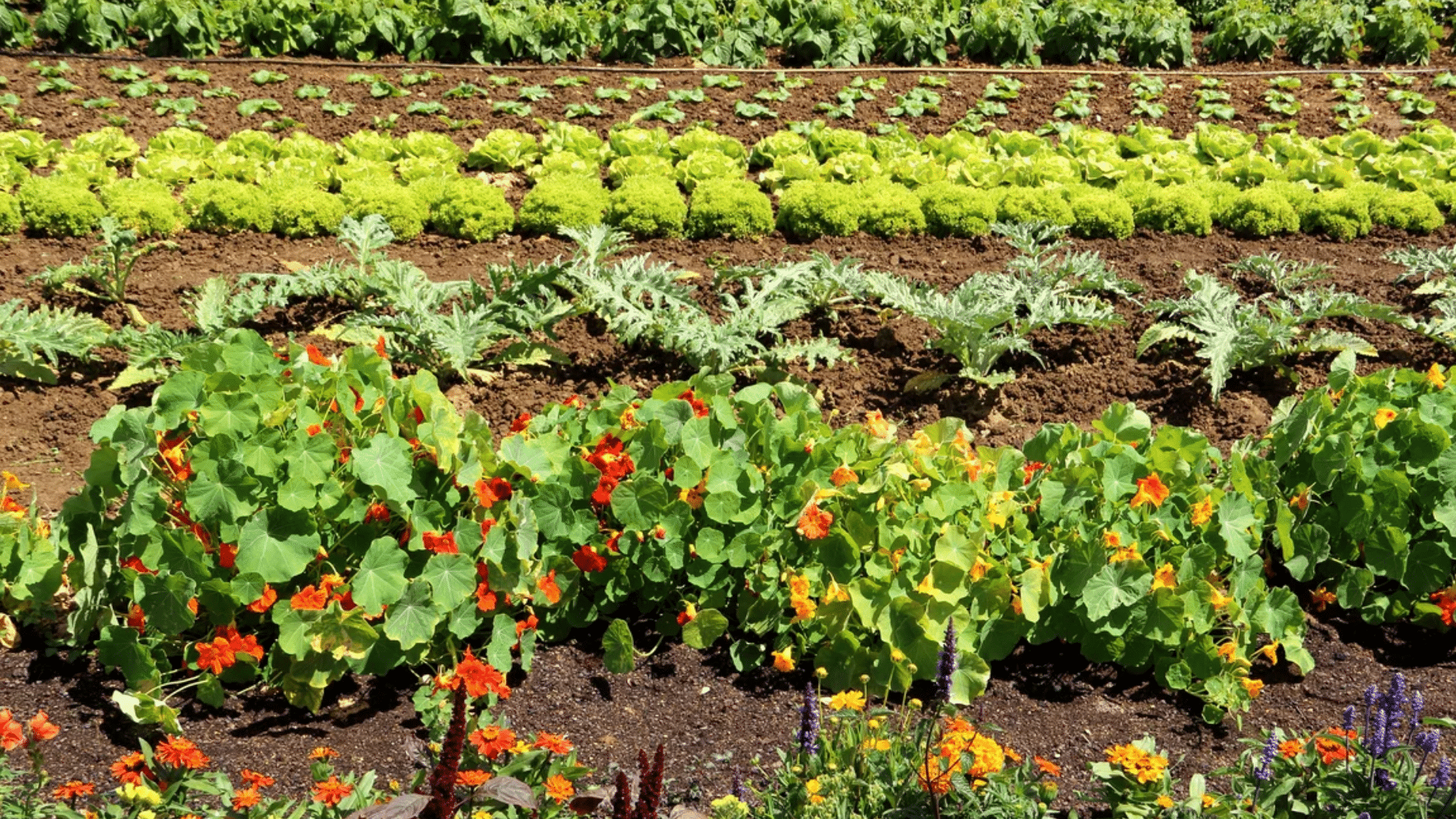
Companion planting means growing certain plants together to help each other.
Some plants keep pests away or improve the soil for others.
For example, planting basil next to tomatoes can help both grow better. It’s a simple, natural way to boost plant health.
2. Pest-Resistant
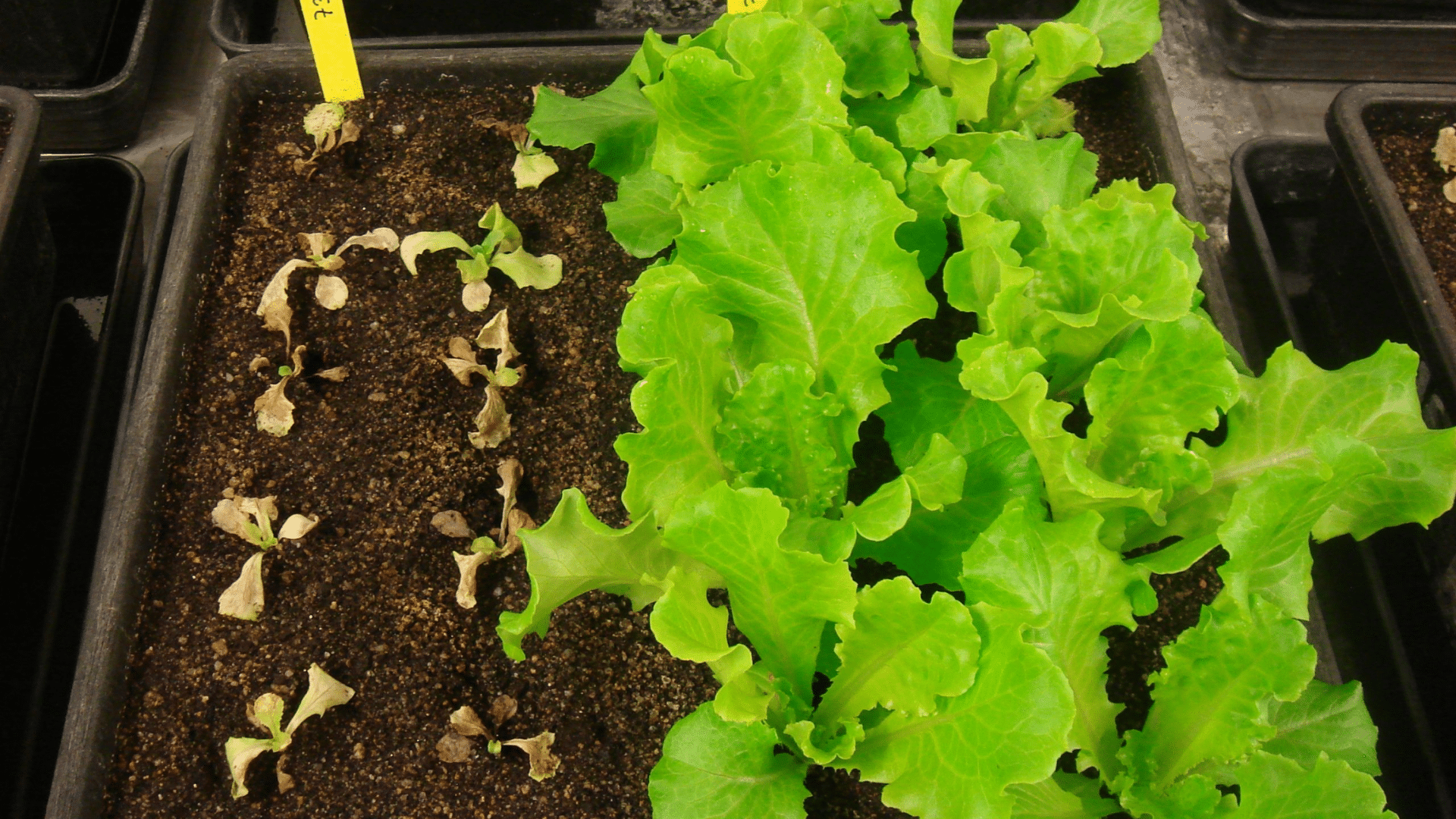
Pest-resistant plants are less likely to be damaged by bugs.
They naturally fight off insects or diseases.
Choosing these kinds of plants saves time and effort because you won’t need to spray as much or check as often for damage.
3. Aphids

Aphids are tiny bugs that suck the juices from plant leaves and stems.
They can make leaves curl or turn yellow. You might see them in groups under leaves.
A strong spray of water or using ladybugs can help get rid of them without harsh chemicals.
4. Fungal Infection
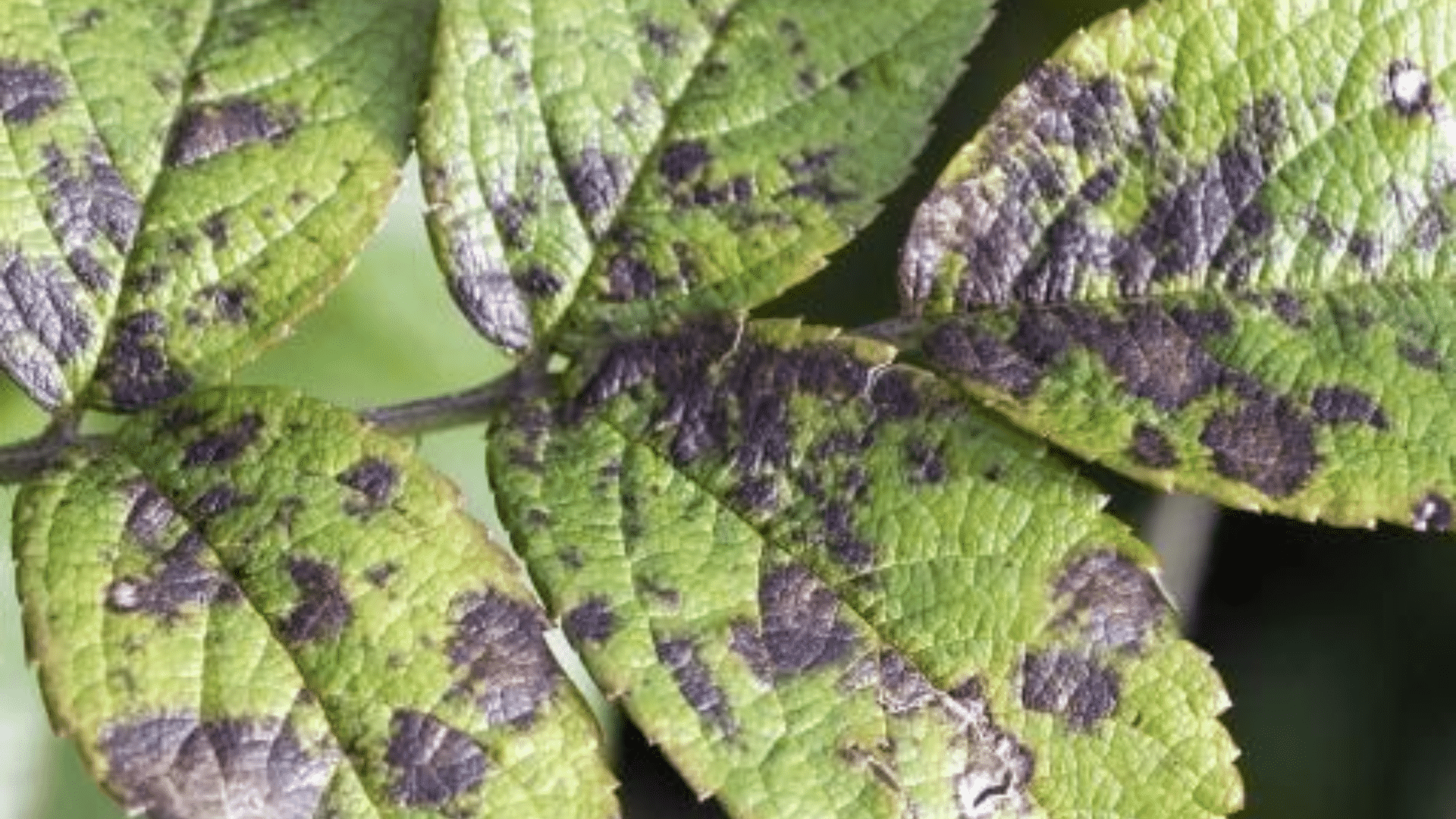
Fungal infections cause spots, mold, or wilting in plants.
They usually spread in wet, humid conditions. You can prevent them by watering at the base, giving plants space, and keeping leaves dry.
Some infections need special sprays, but many can be stopped early with good care.
5. Natural Pesticide
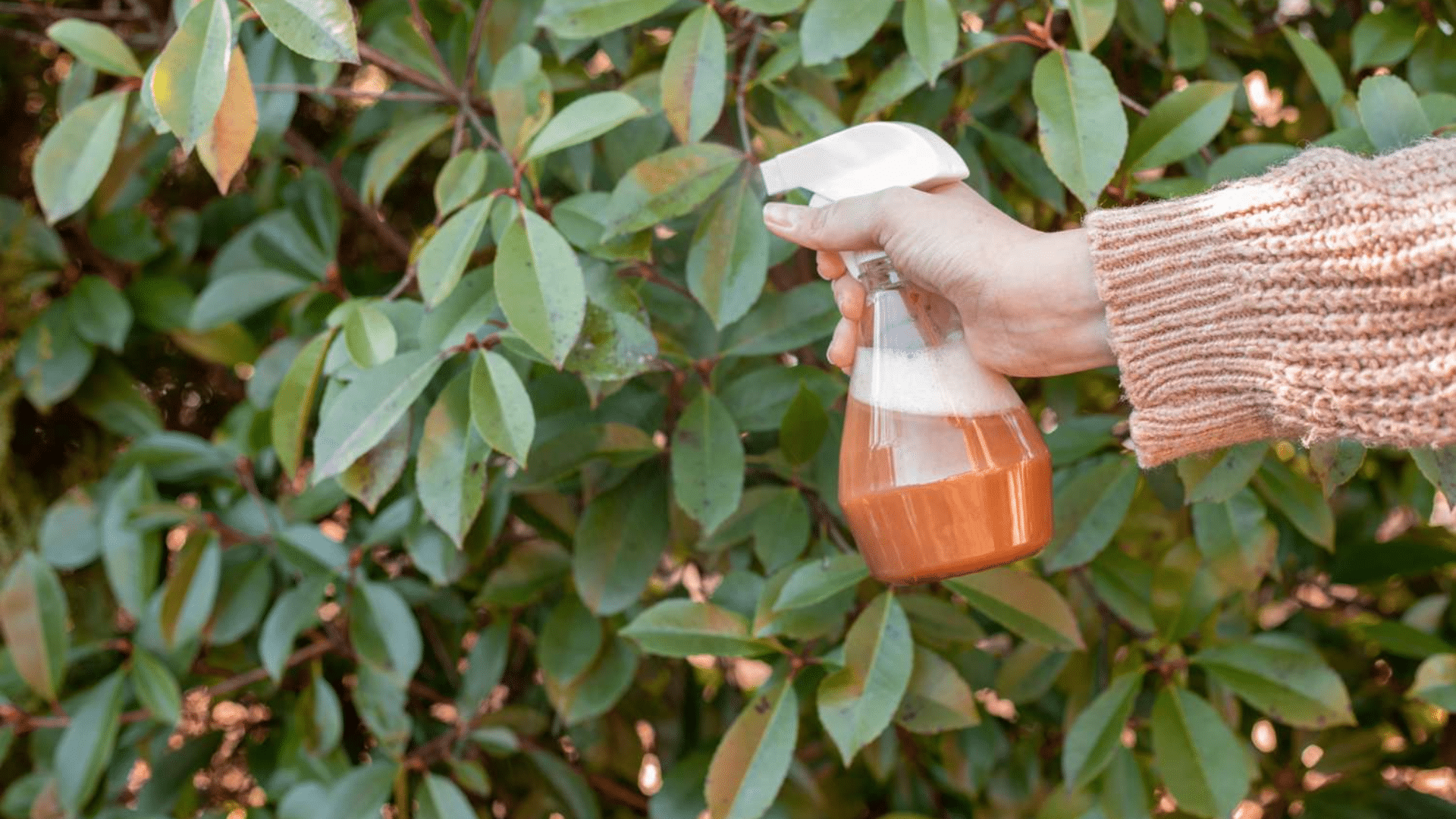
Natural pesticides are made from safe, plant-based ingredients like neem oil or soap.
They help control bugs without harming the environment or good insects.
You can spray them directly on leaves or soil. They’re a gentle but effective way to keep plants healthy.
Seasonal and Maintenance Terms
Gardening changes with the seasons. These terms guide when to plant, pick, and care for your garden throughout the year.
1. Pruning
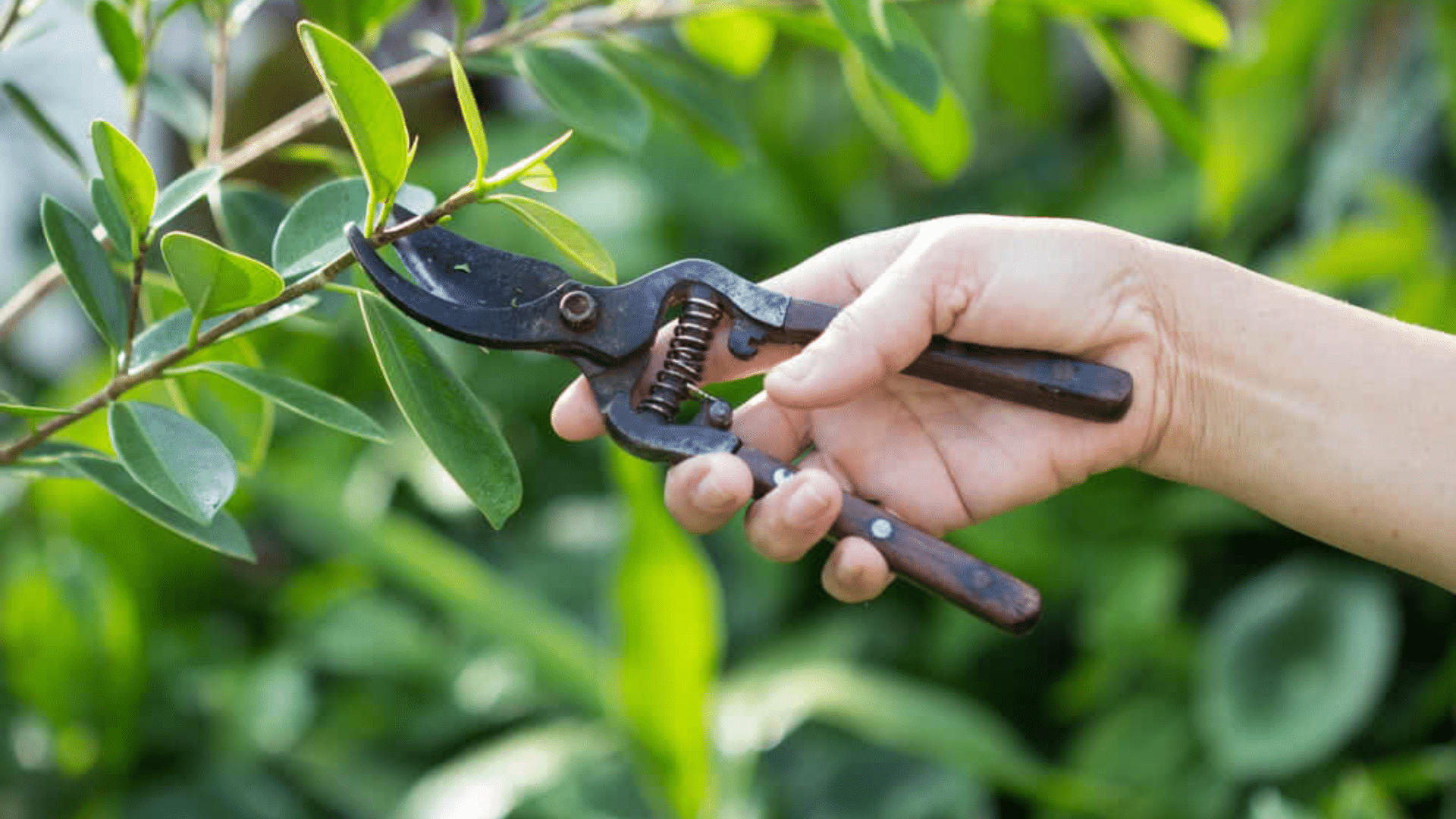
Pruning means cutting back parts of a plant, such as dead branches or old flowers.
It helps the plant grow better, stay in shape, and produce more blooms.
Use clean, sharp tools and trim just above a leaf or bud. Regular pruning keeps plants healthy and tidy.
2. Frost Date
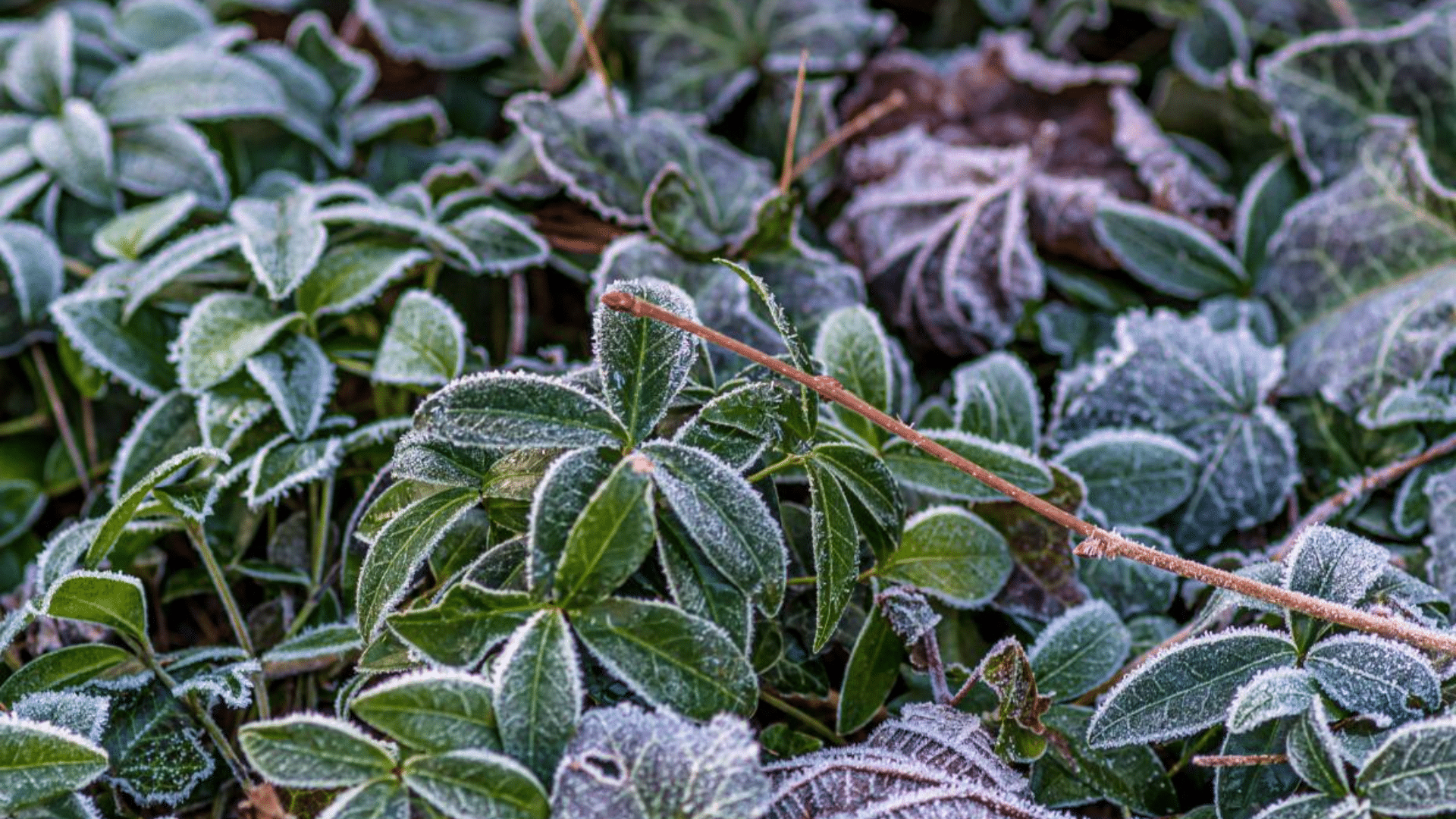
Frost date is the last day in spring or the first day in fall when frost is likely.
It’s important because frost can harm young plants. Check your area’s average frost dates before planting.
Waiting until after the last frost helps seedlings survive and grow strong.
3. Harvest
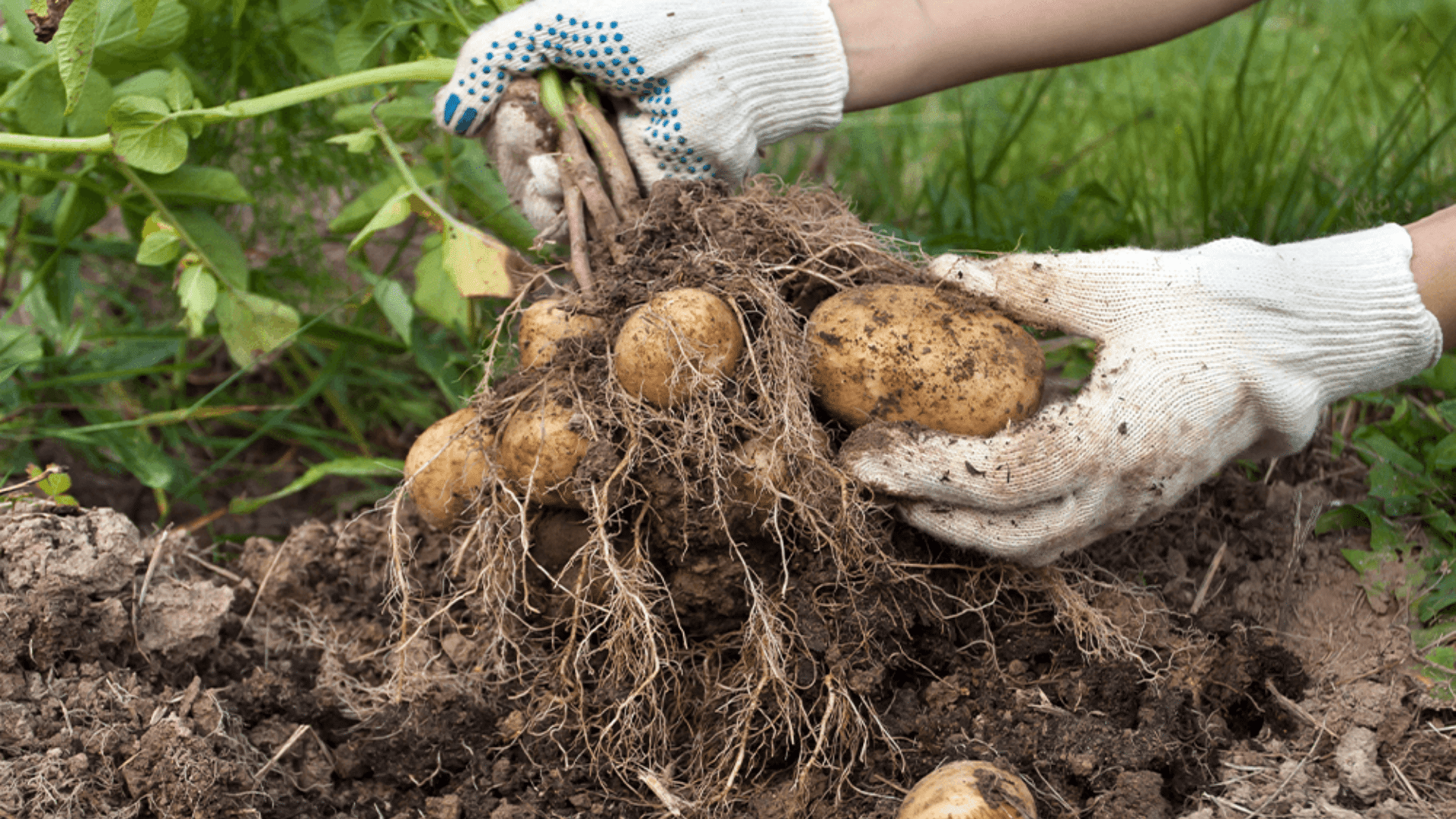
Harvest means picking fruits, vegetables, or flowers when they’re ready.
It’s the best part of gardening. Each plant has its own sign for ripeness-like color, size, or feel.
Harvesting at the right time keeps plants producing and gives you the best taste or look.
4. Hardening Off
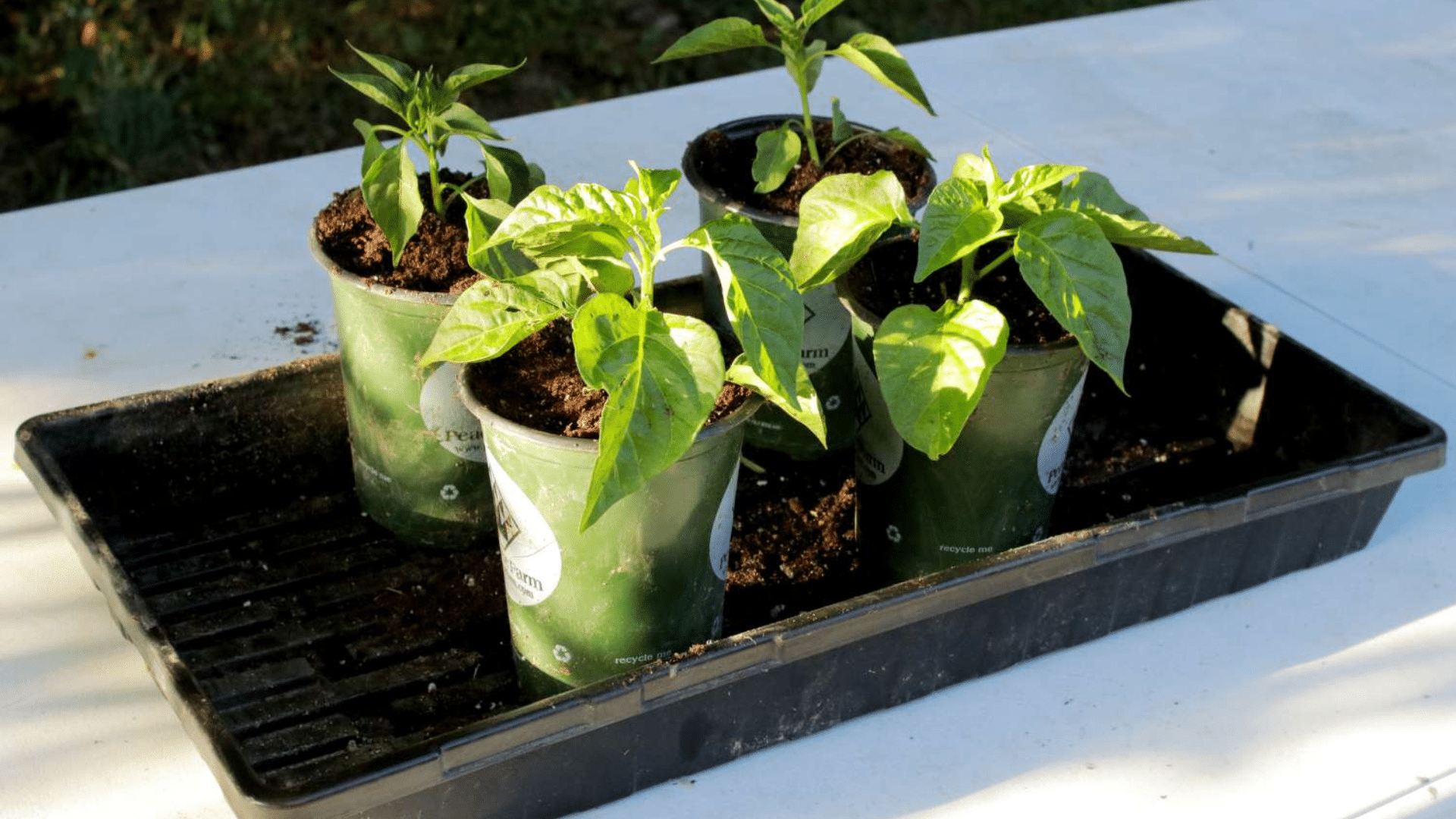
Hardening off is getting indoor-grown plants used to outdoor life. It takes about a week.
You set the plants outside for a few hours each day, then bring them in.
Slowly, they get used to the wind, sun, and cooler air. This helps prevent shock after transplanting.
5. Annual vs. Perennial
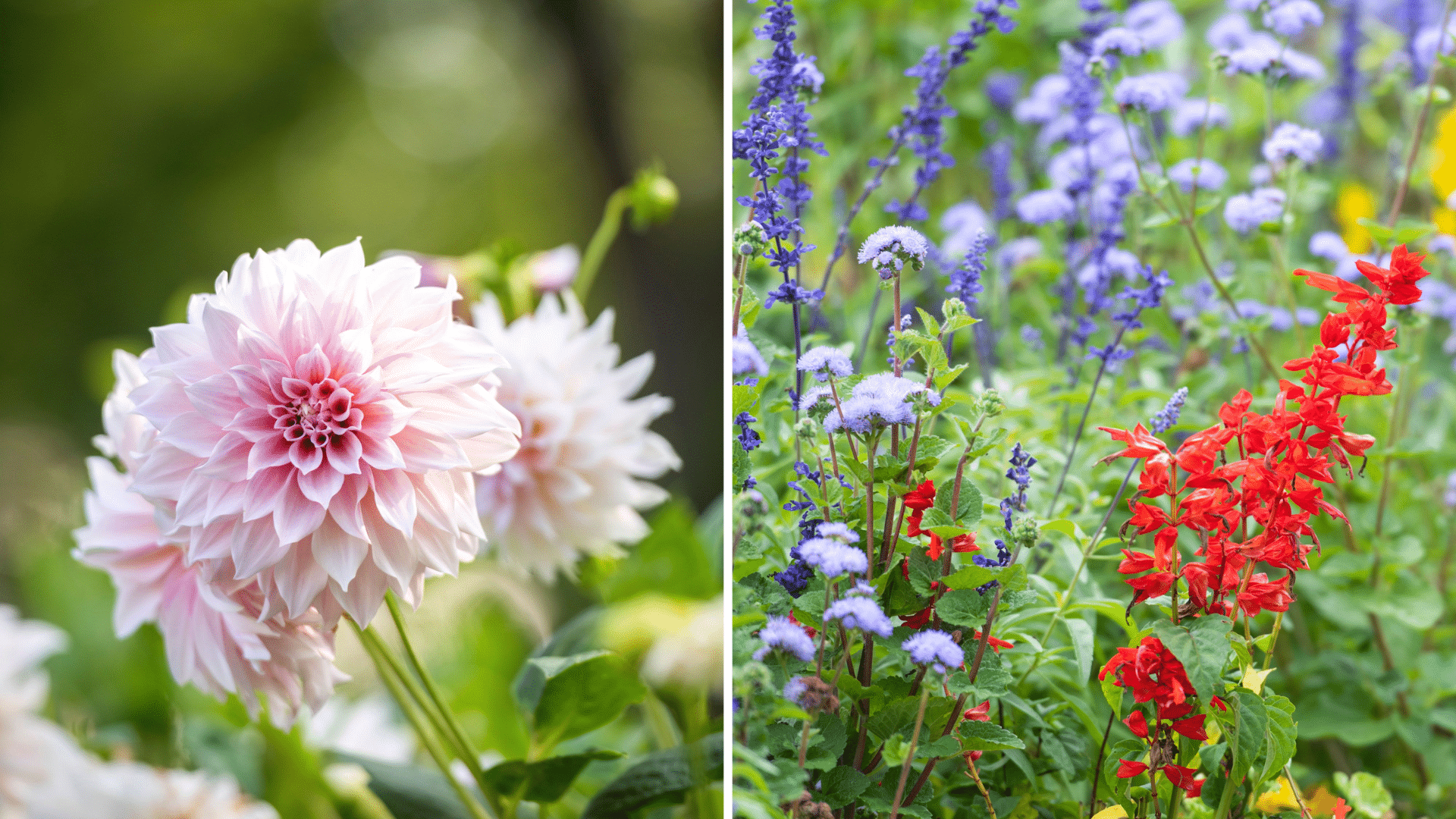
Annuals grow for one season, then die. You need to replant them every year.
Perennials come back each year on their own. Knowing the difference helps you plan your garden.
Use annuals for quick color and perennials for long-term growth.
Common Mistakes When Learning Garden Terms
It’s easy to mix things up when you’re just starting out. Here are a few common slip-ups people make when learning garden words.
- Confusing soil with compost: Soil is where plants grow; compost is added to feed the soil.
- Thinking full sun means all-day sun: It actually means about 6 hours of direct sunlight, not nonstop heat.
- Using fertilizer too often: More isn’t better. Too much can harm plants instead of helping.
- Skipping spacing directions: Crowding plants can lead to weak growth and more pests.
- Ignoring frost dates: Planting too early can damage seedlings if a cold snap hits.
- Not checking plant tags: Each plant has its own needs; the tag often tells you everything.
- Mixing up annuals and perennials: One dies after one season, the other comes back-easy to get wrong at first.
Conclusion
Learning garden terms might feel like a lot at first, but once you get the hang of them, everything starts to click.
I know how confusing it can be when people throw around words that sound complicated. That’s why I broke them down into simple meanings you can actually use.
These words help you read seed packets, follow advice, and take better care of your plants. When you understand what your garden needs, you make fewer mistakes and feel more confident.
I’ve made these same mistakes before, and learning the right terms helped me fix them.
You don’t need to memorize everything overnight-just keep this list close and check it when something doesn’t make sense.
Over time, these words will become part of how you think about your garden.
You’ll start to notice the results in how your plants grow, and gardening won’t feel so hard anymore.

